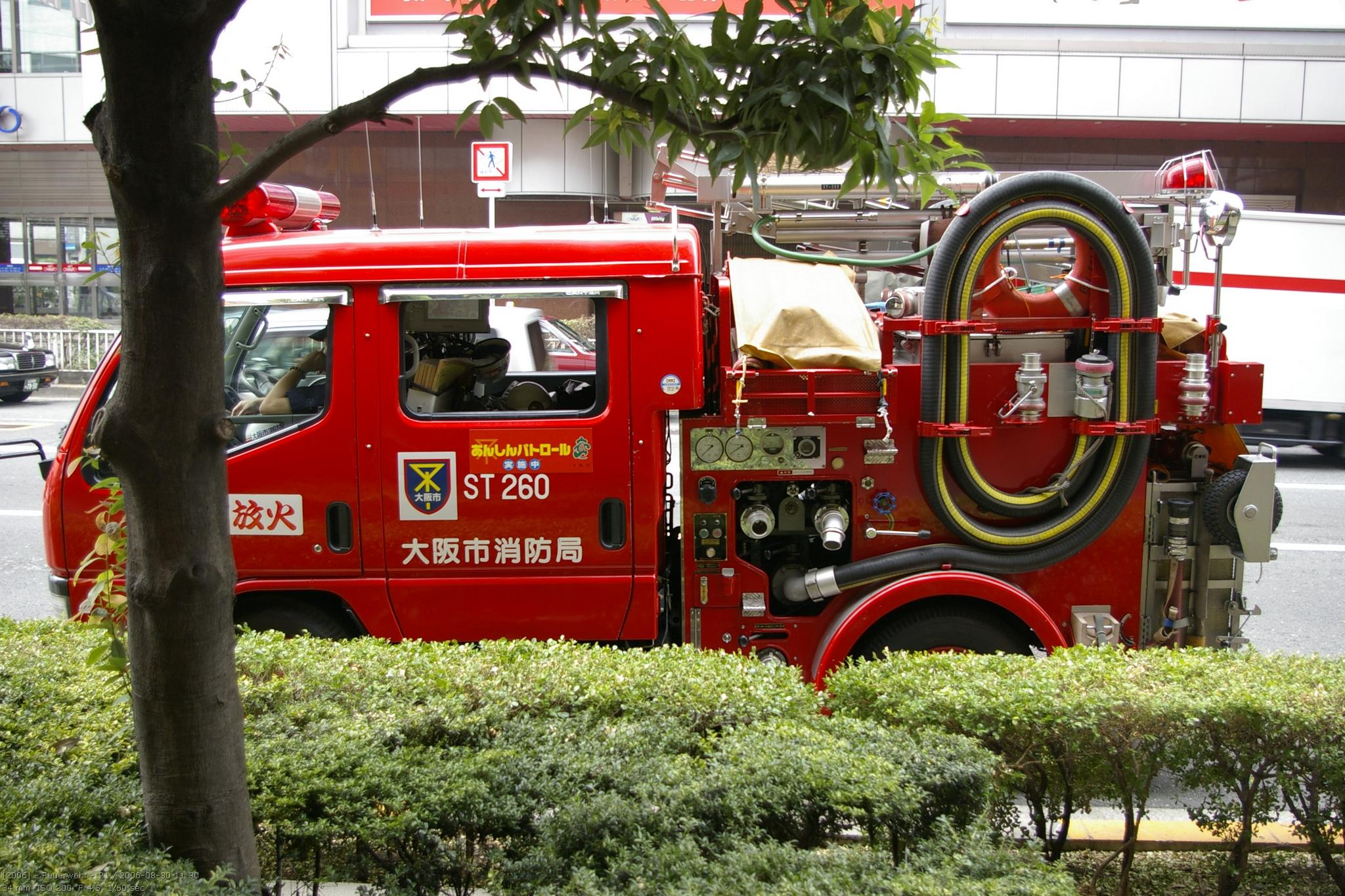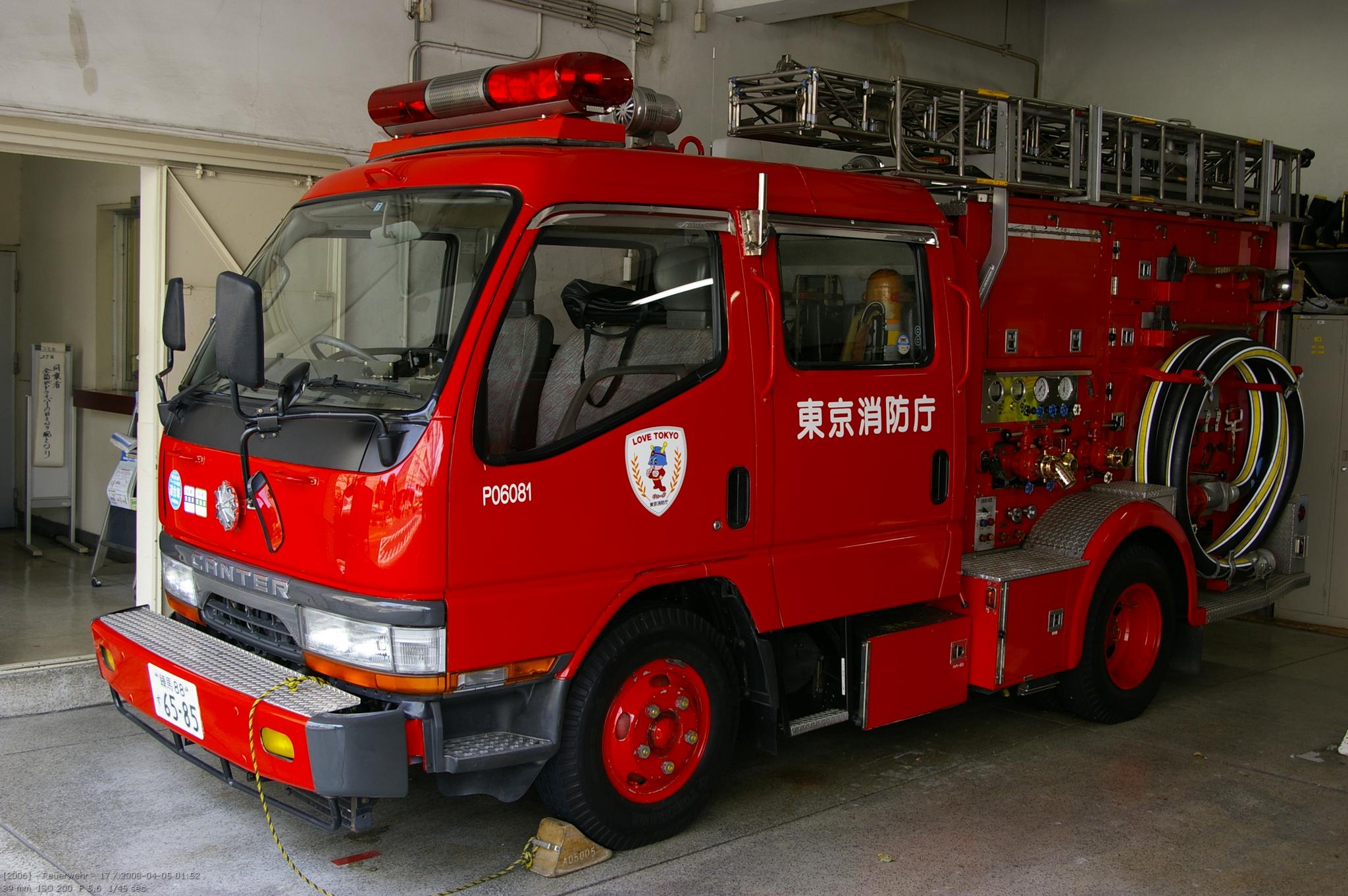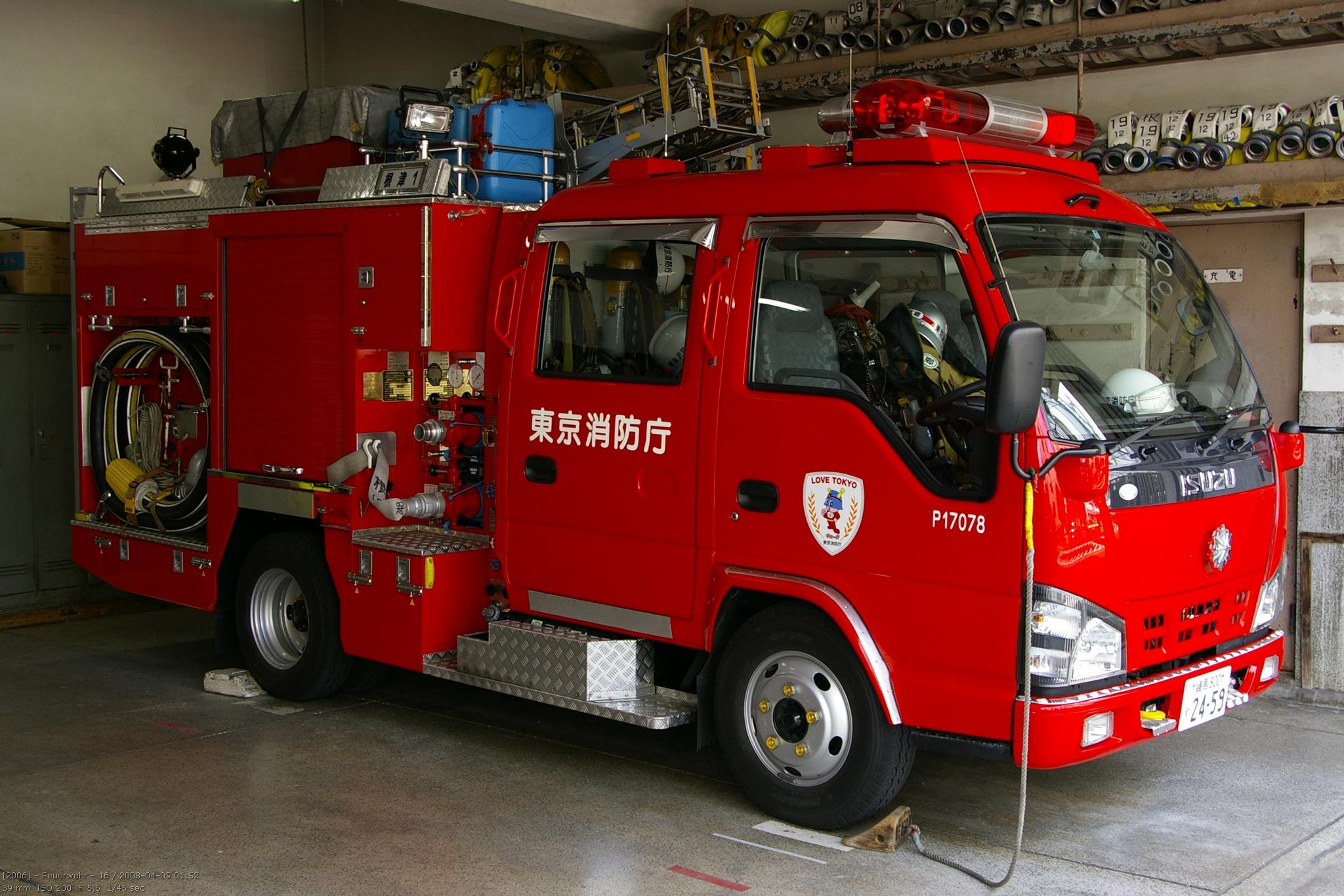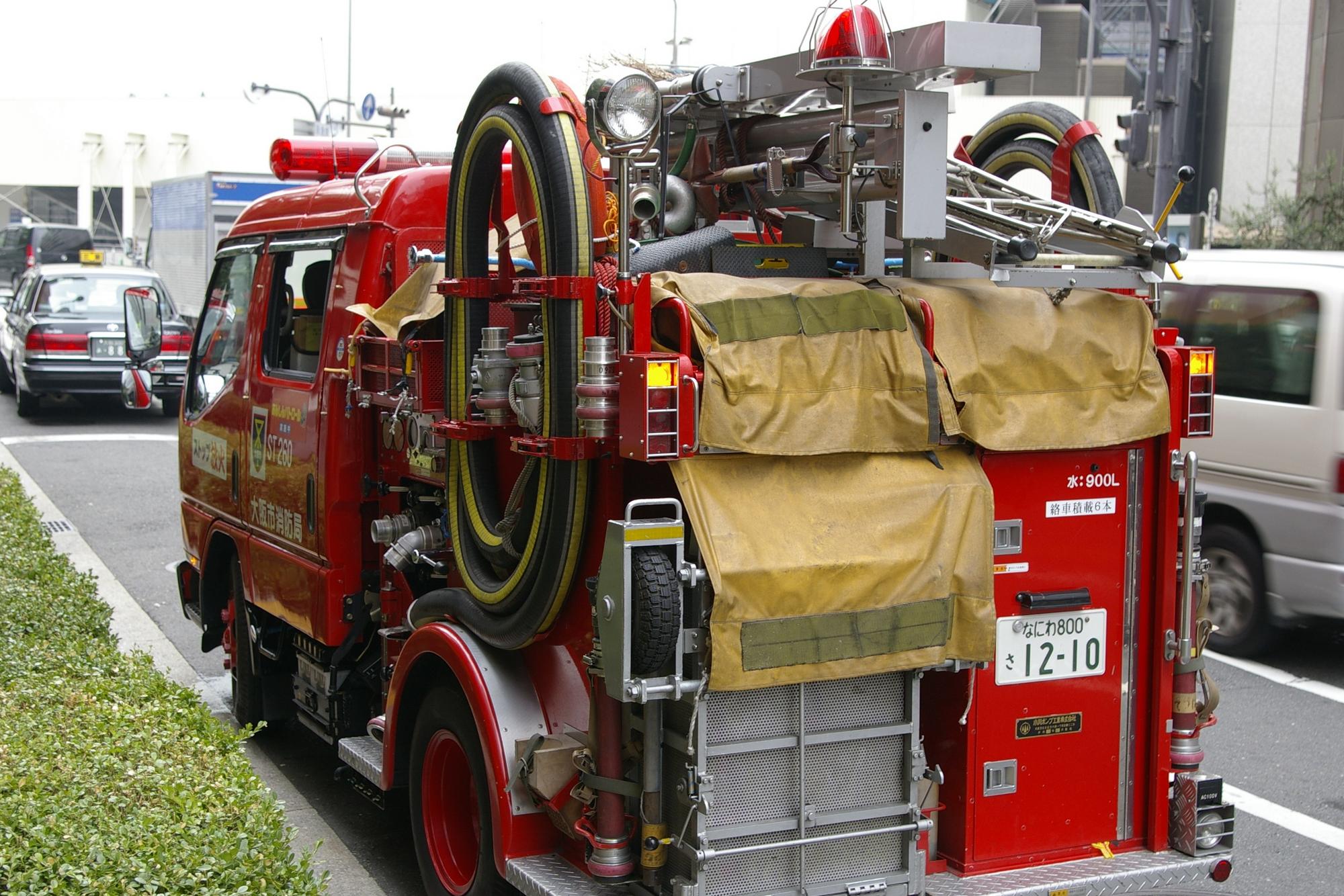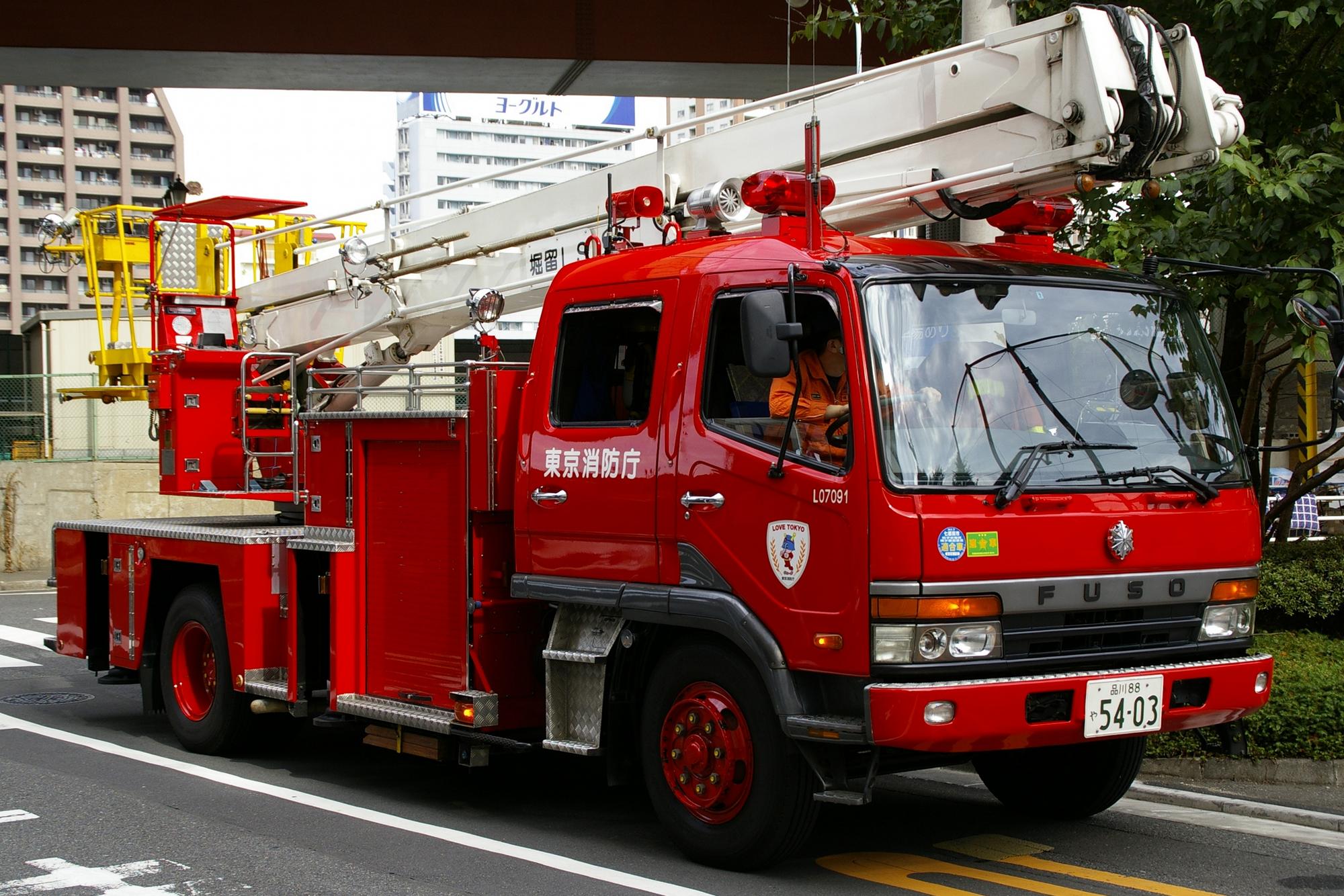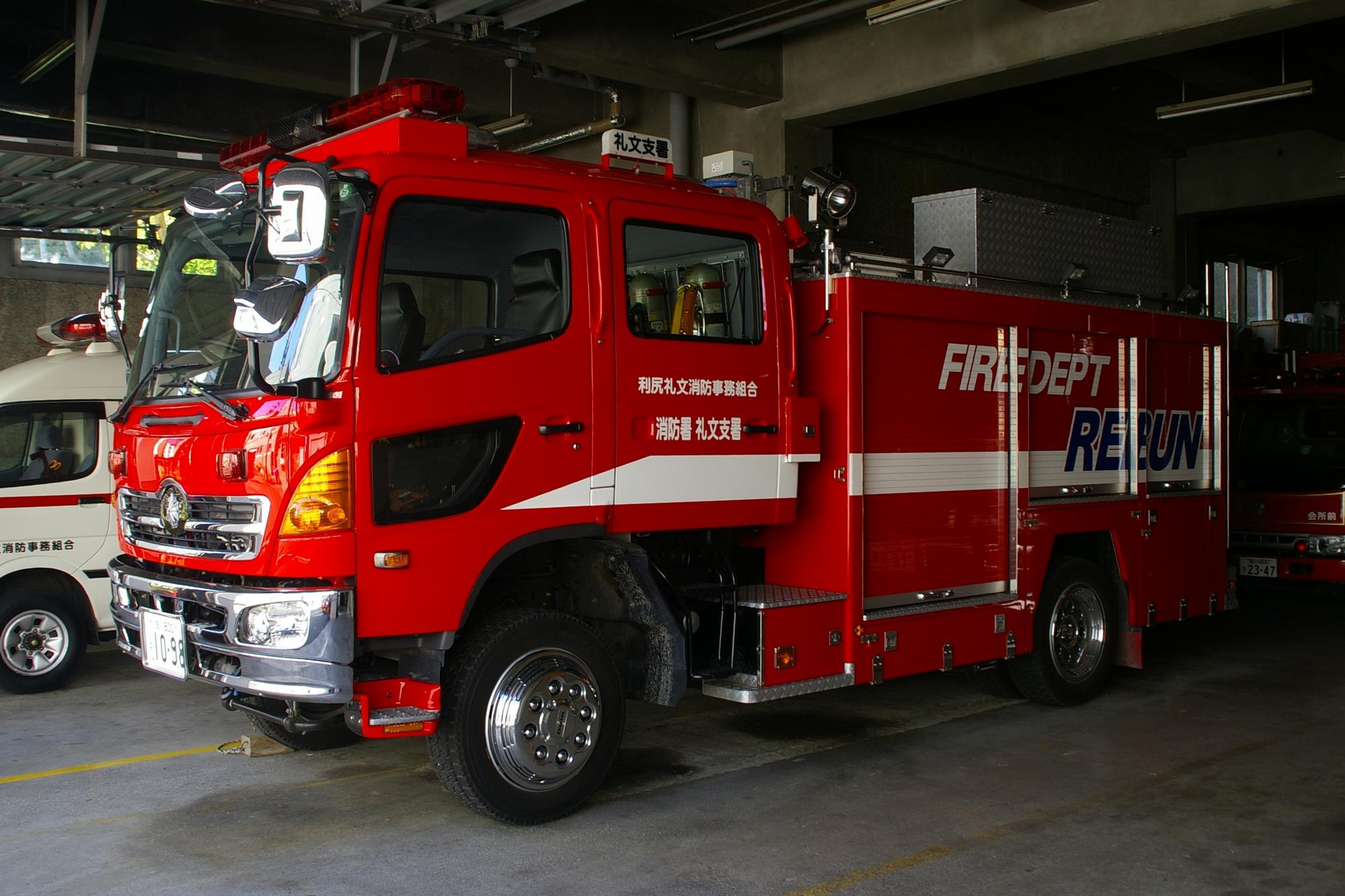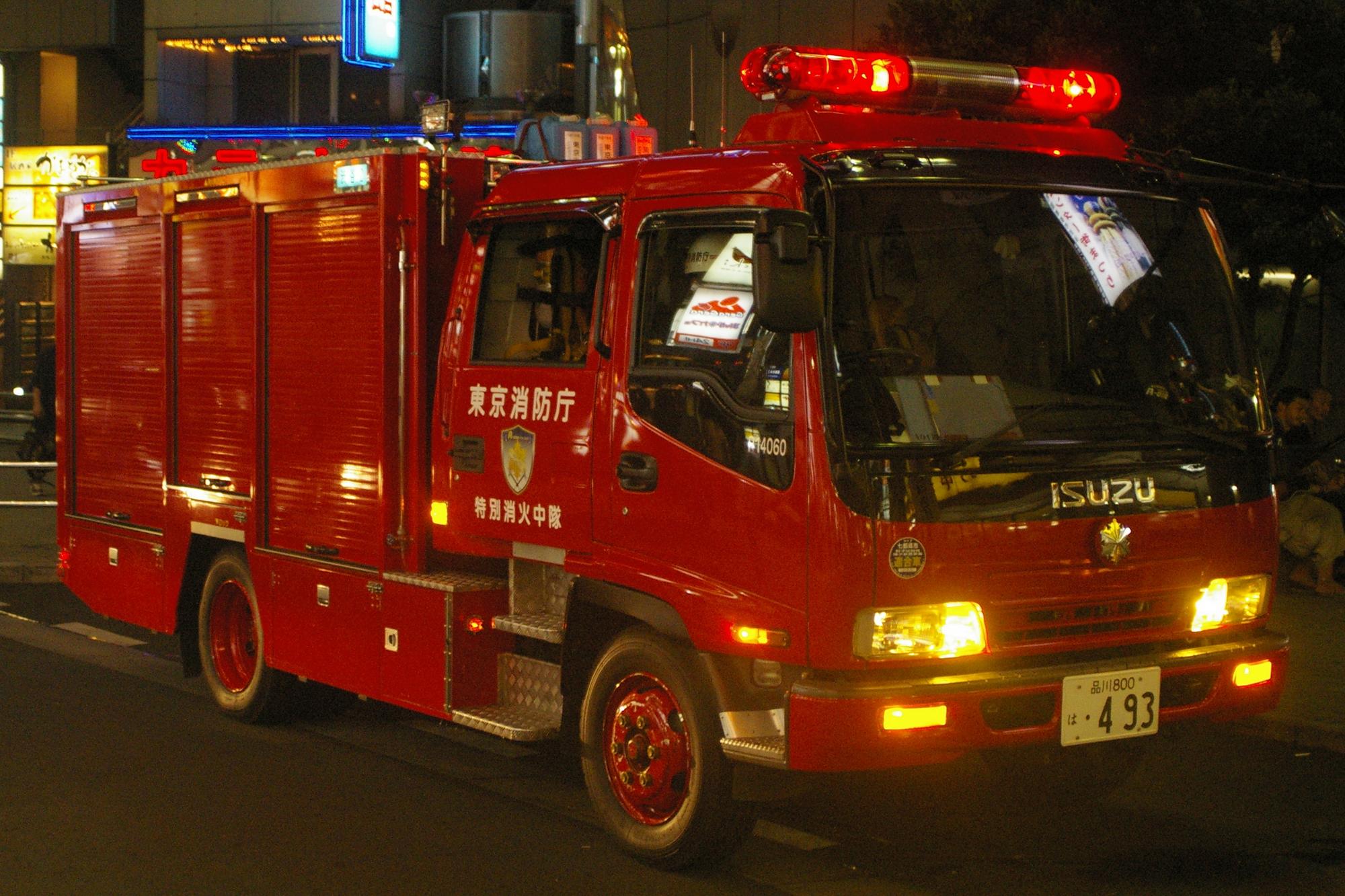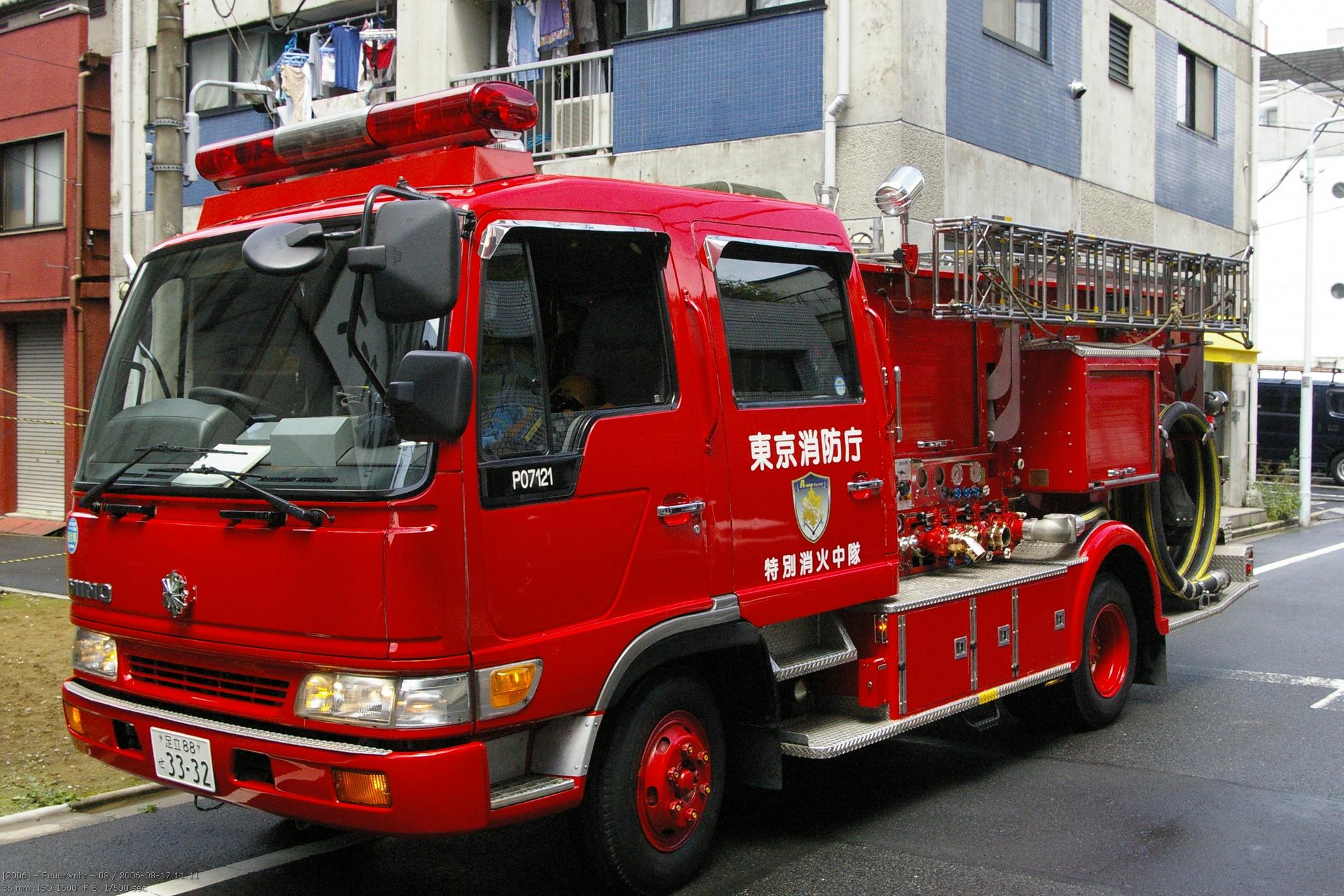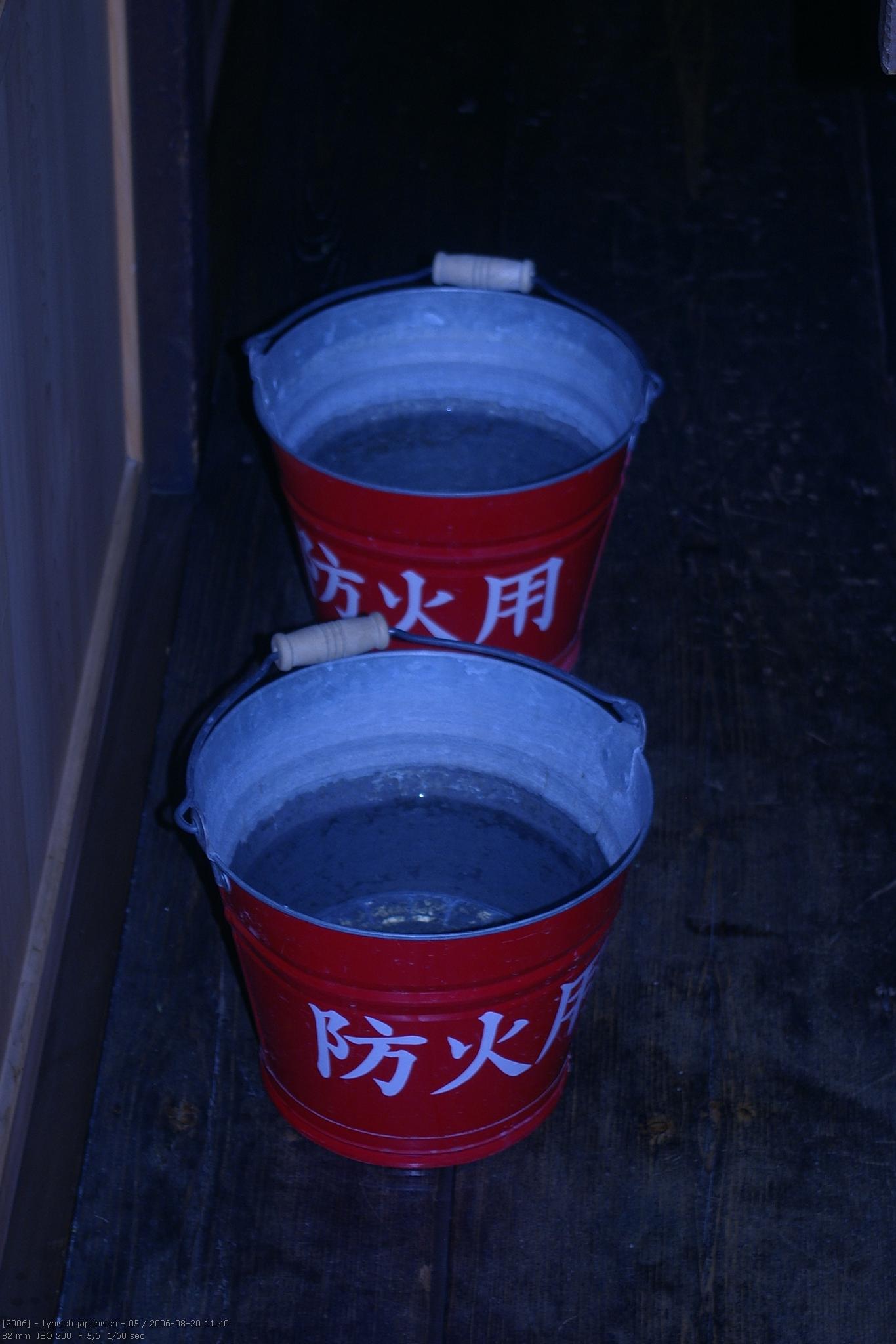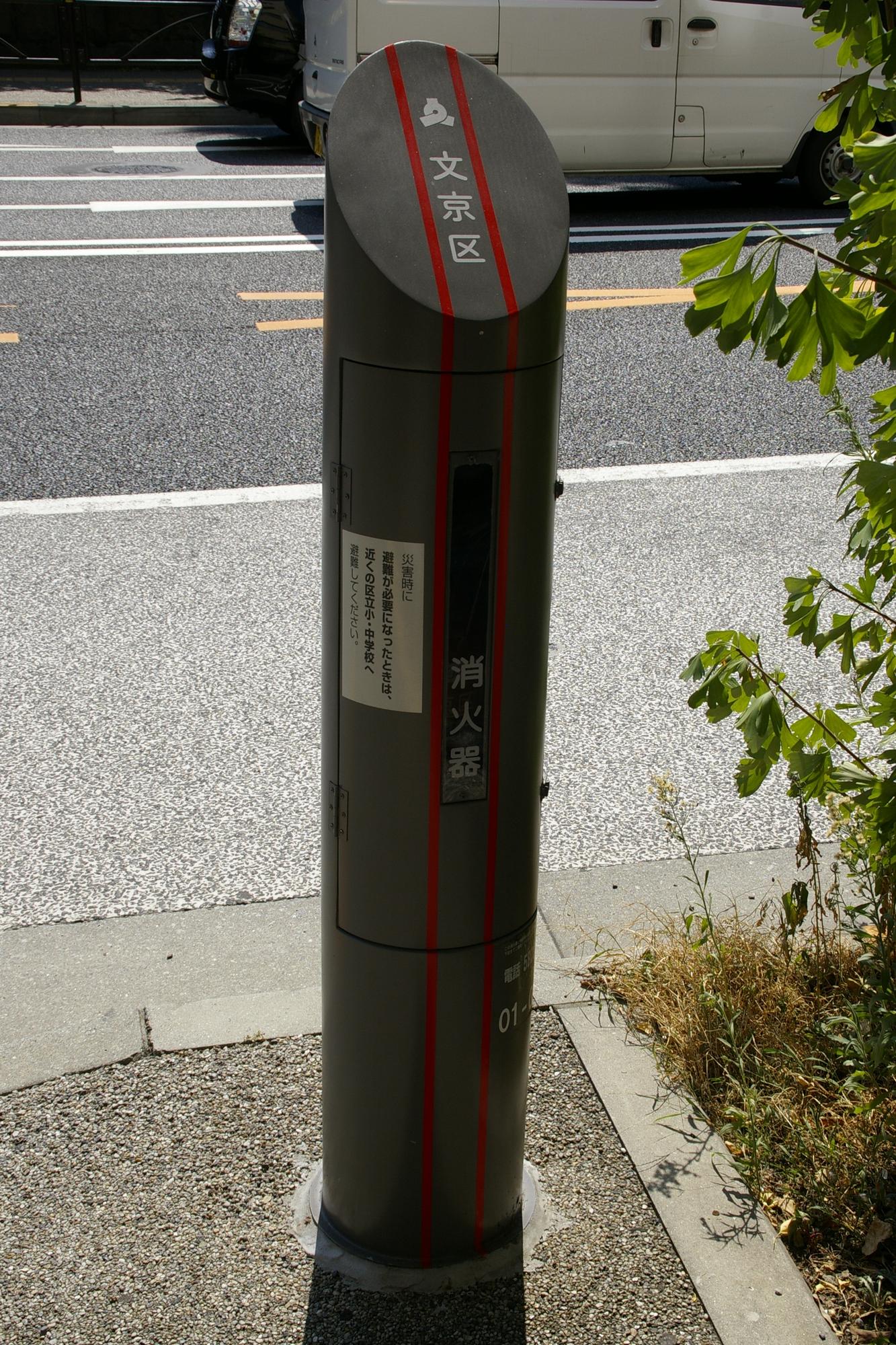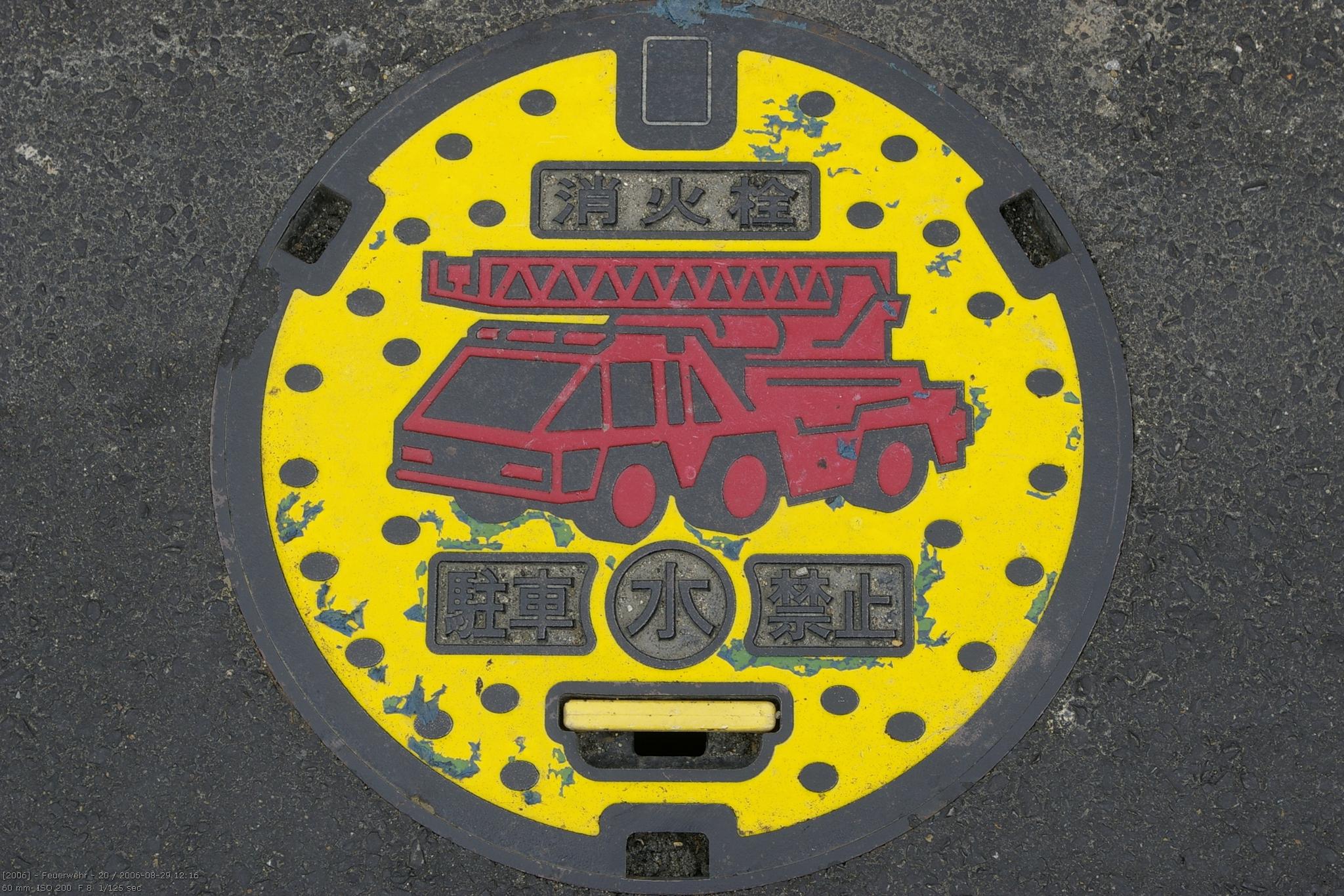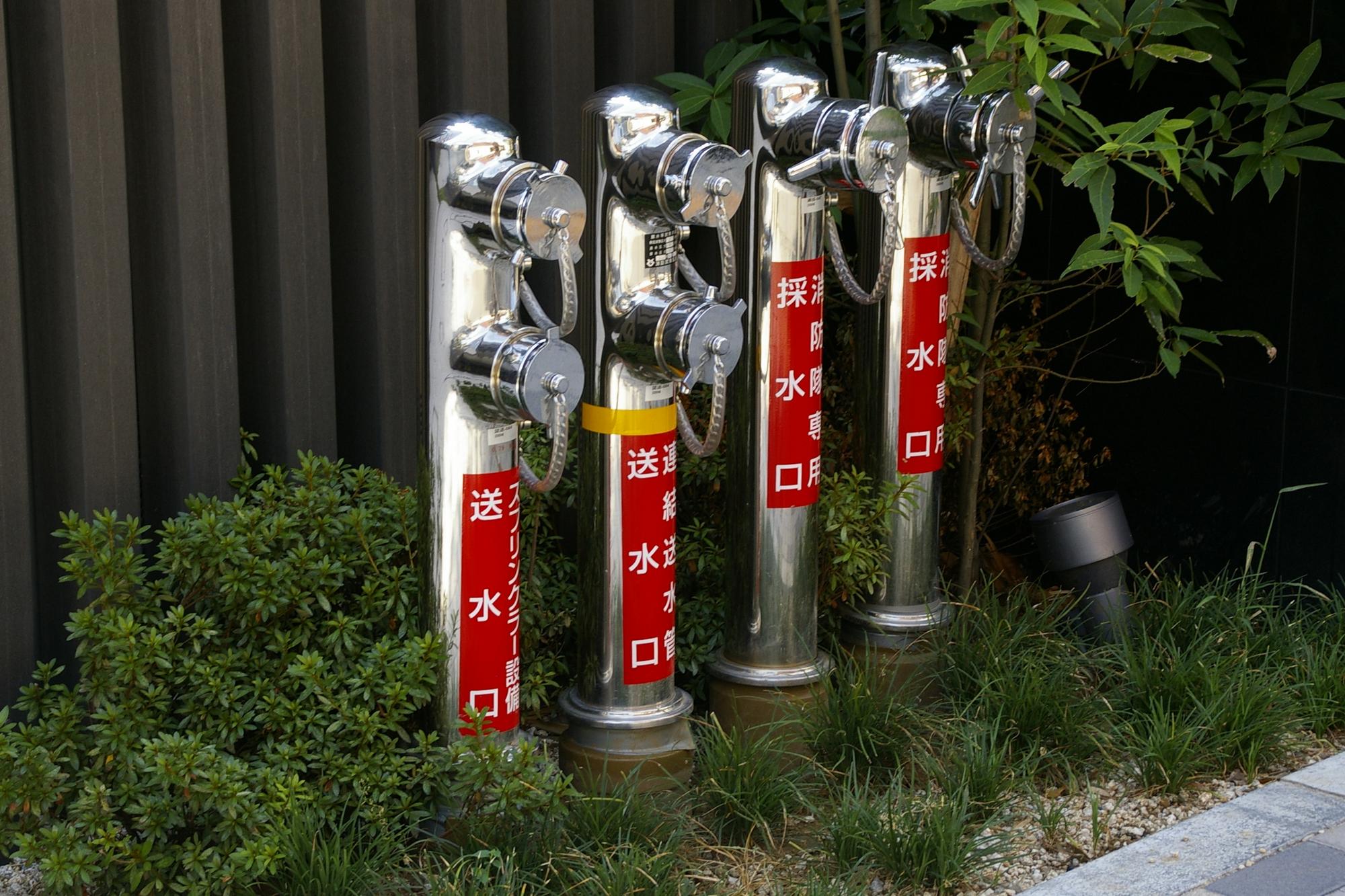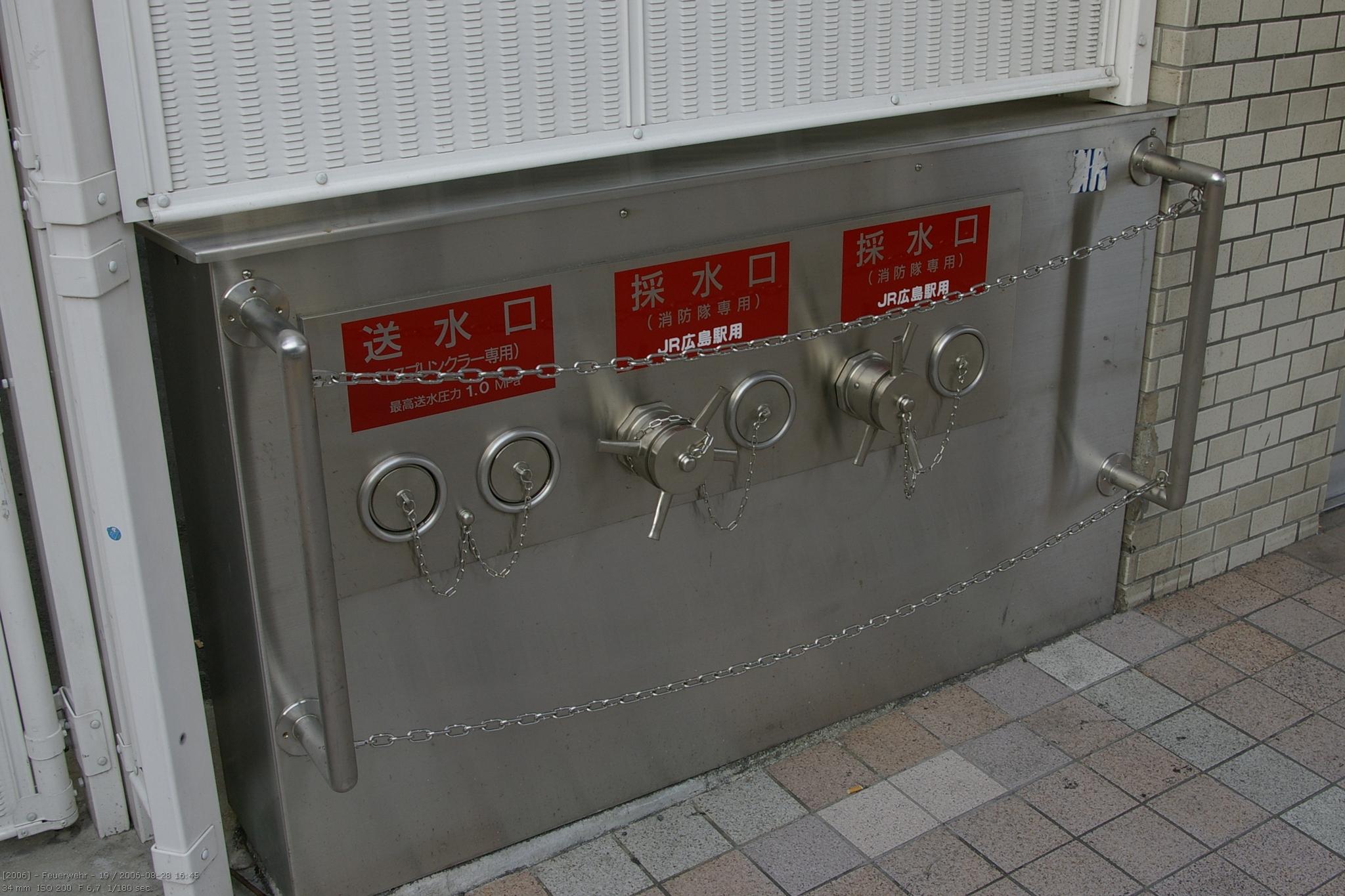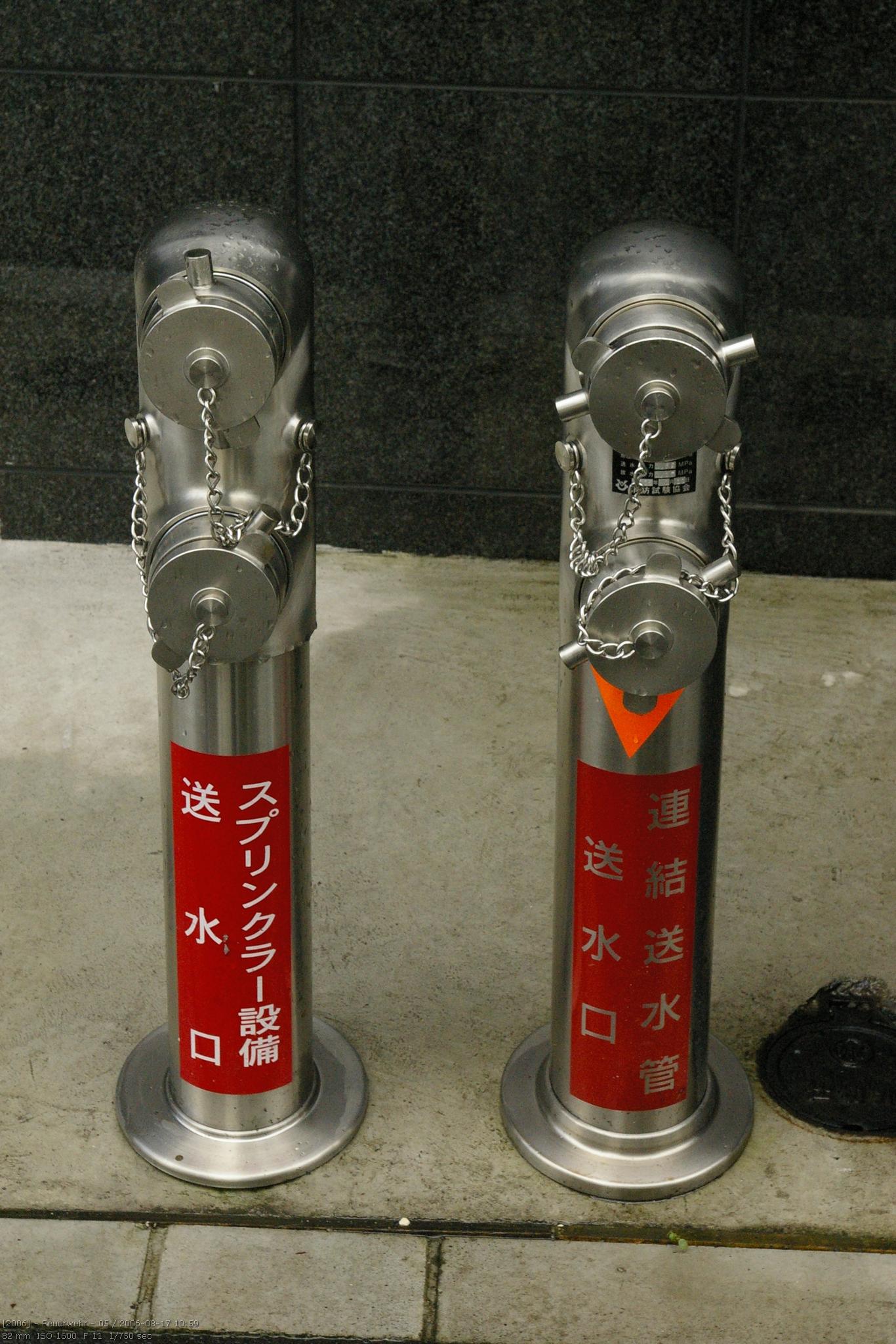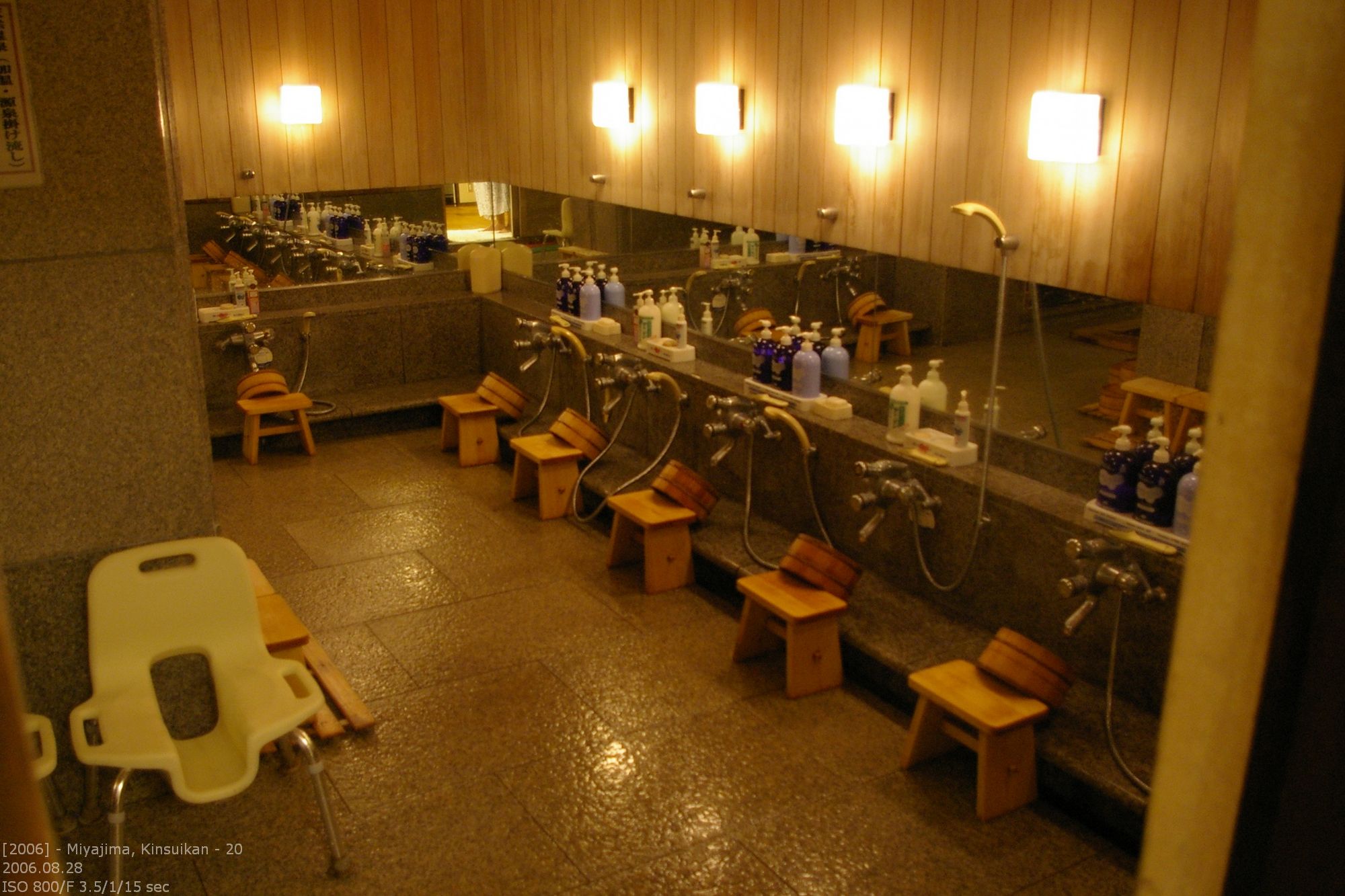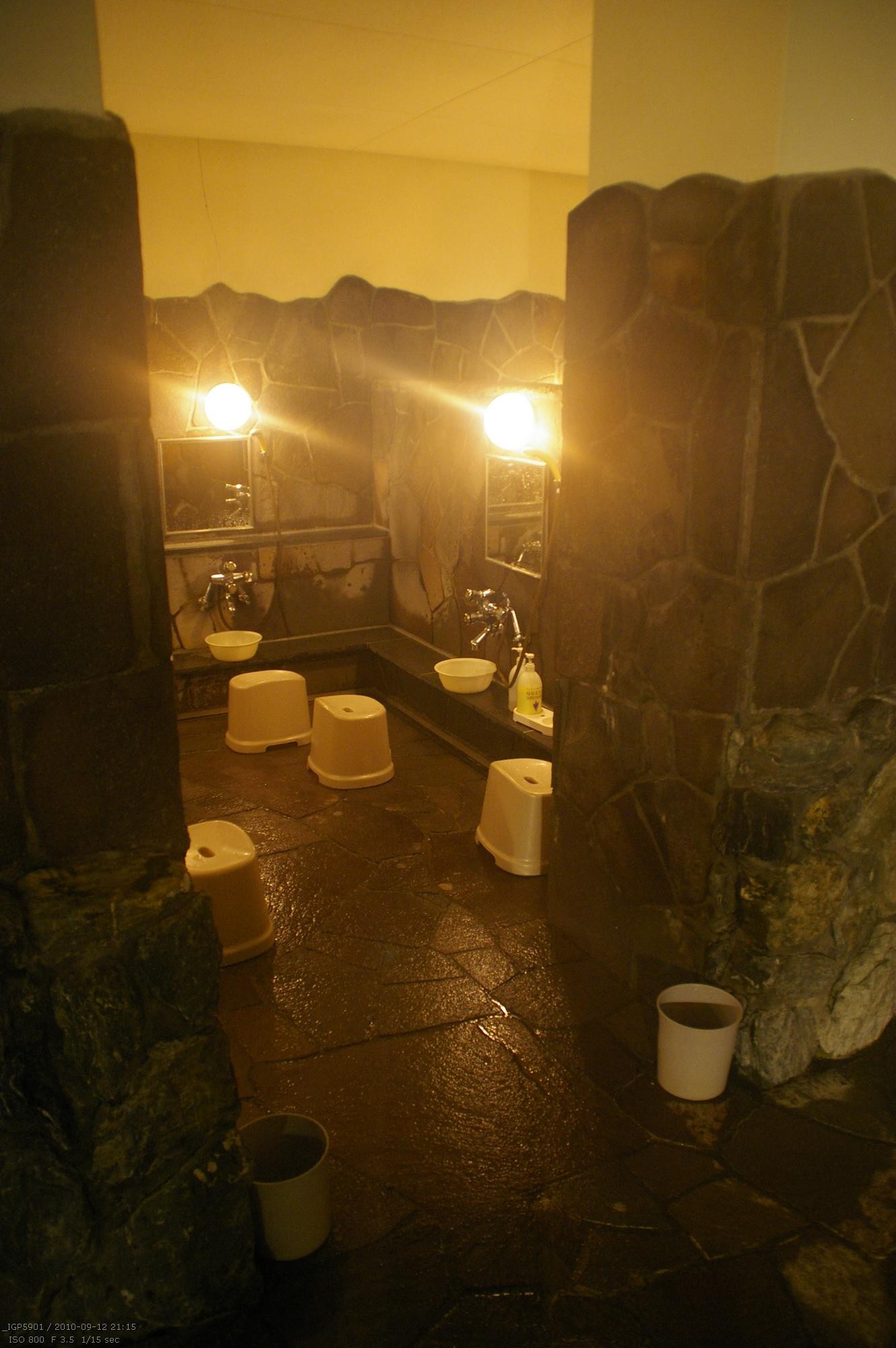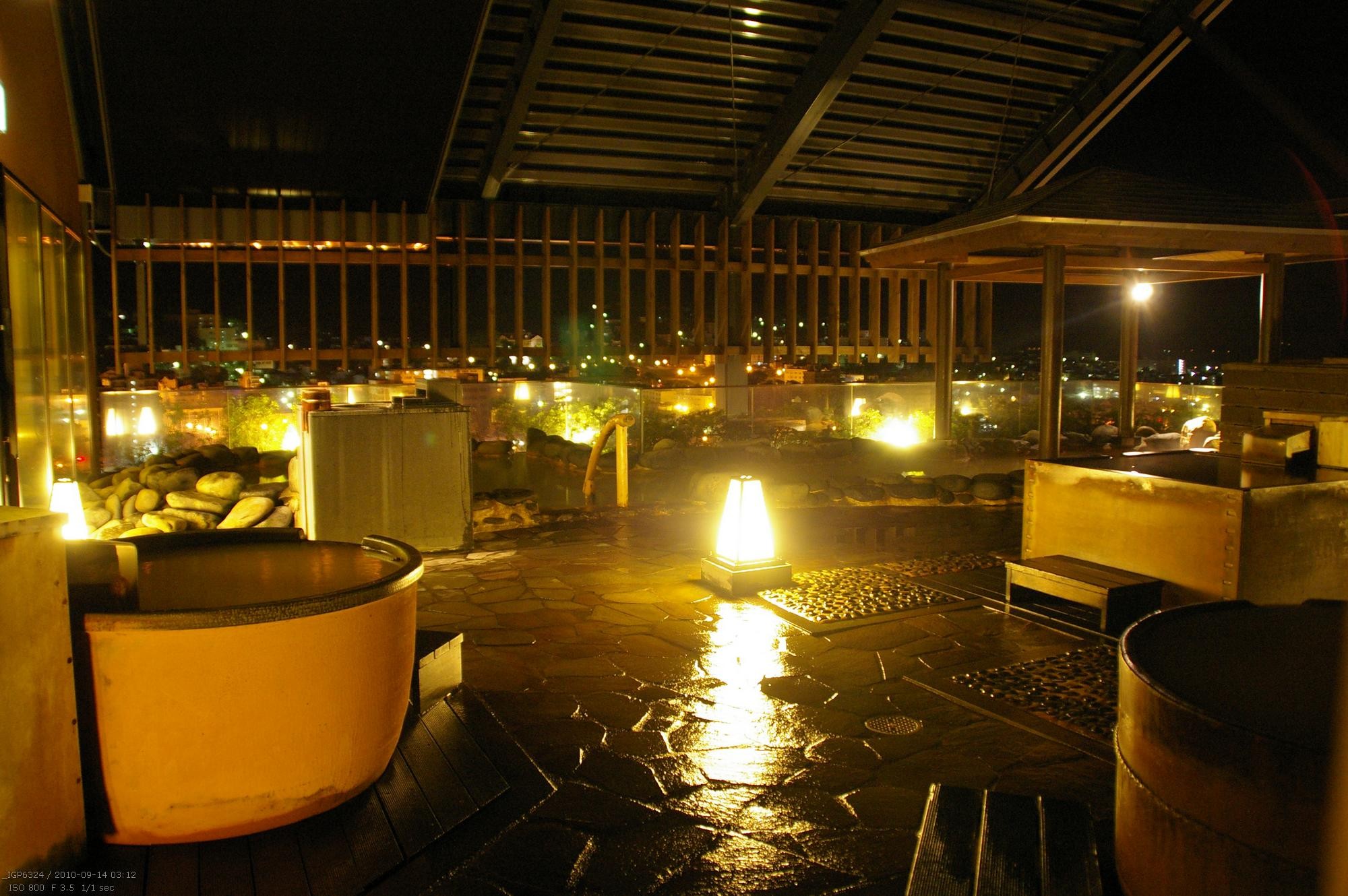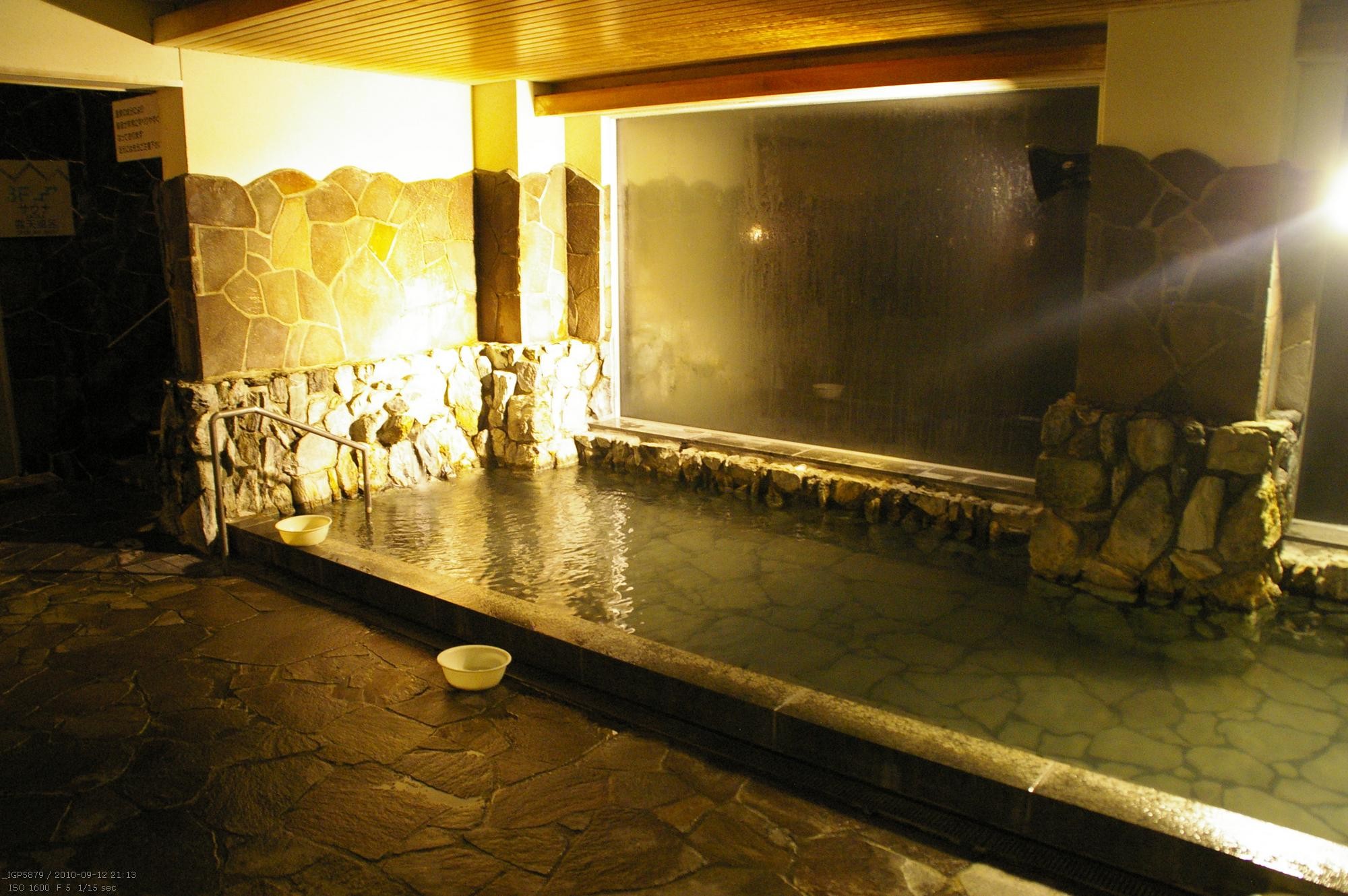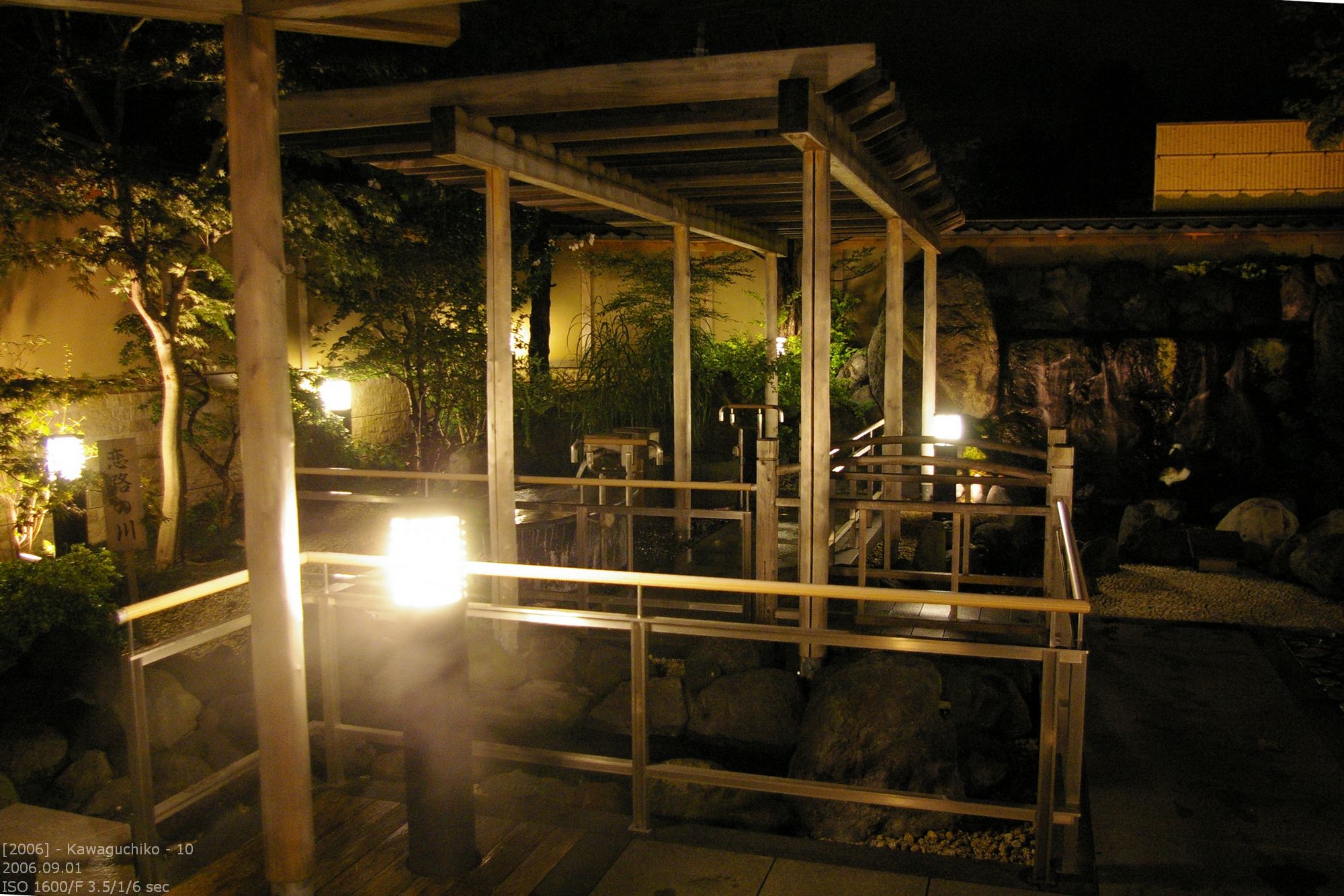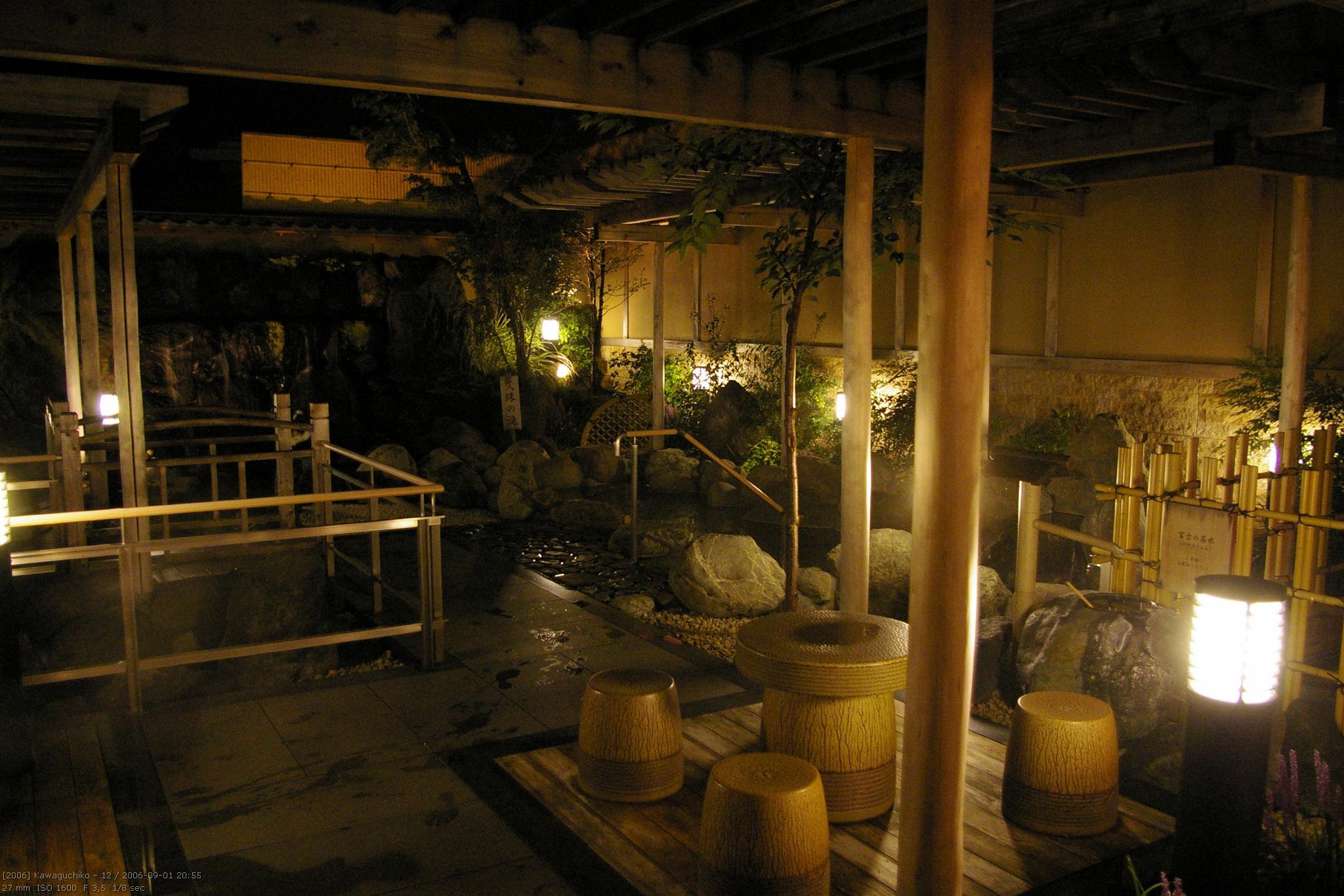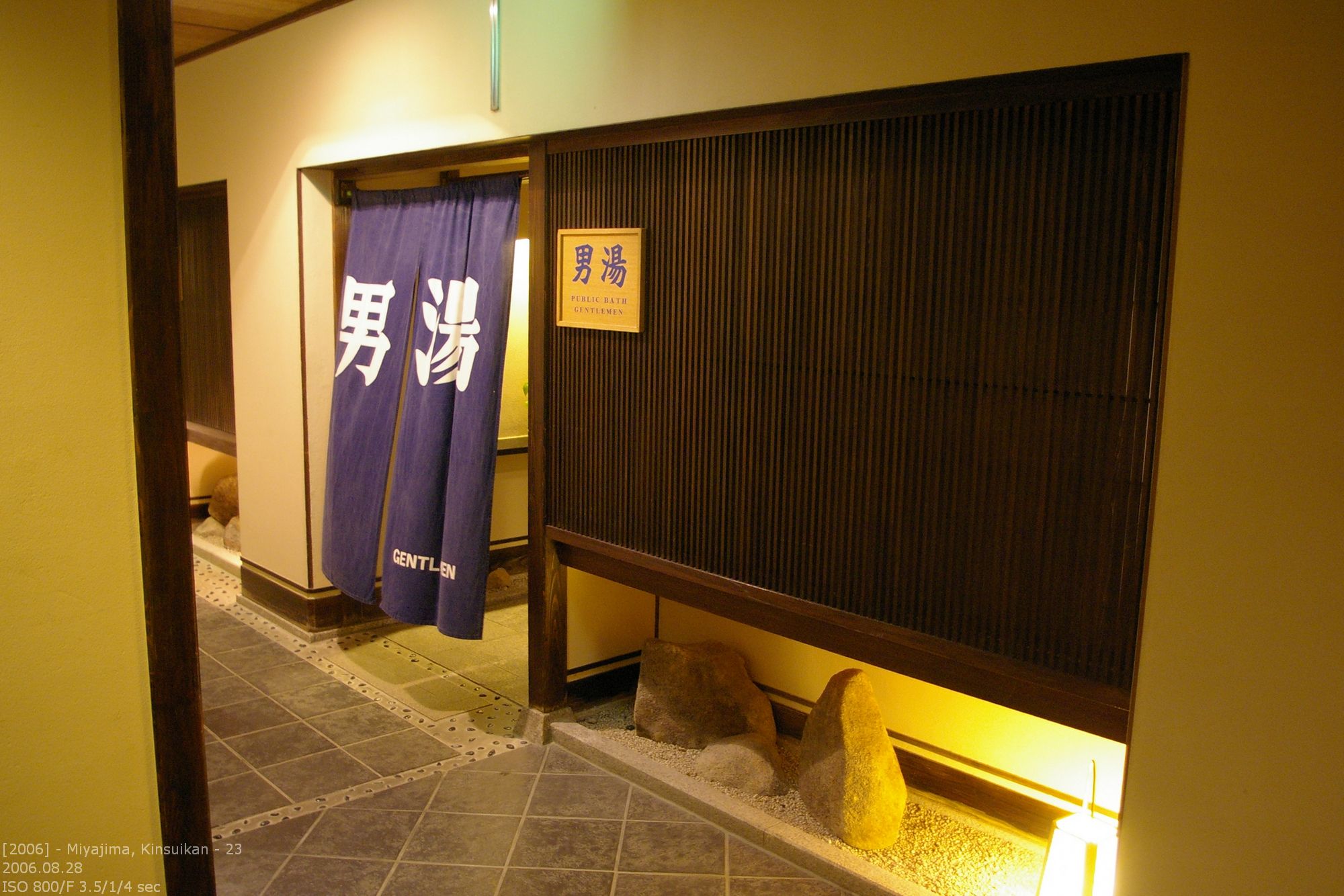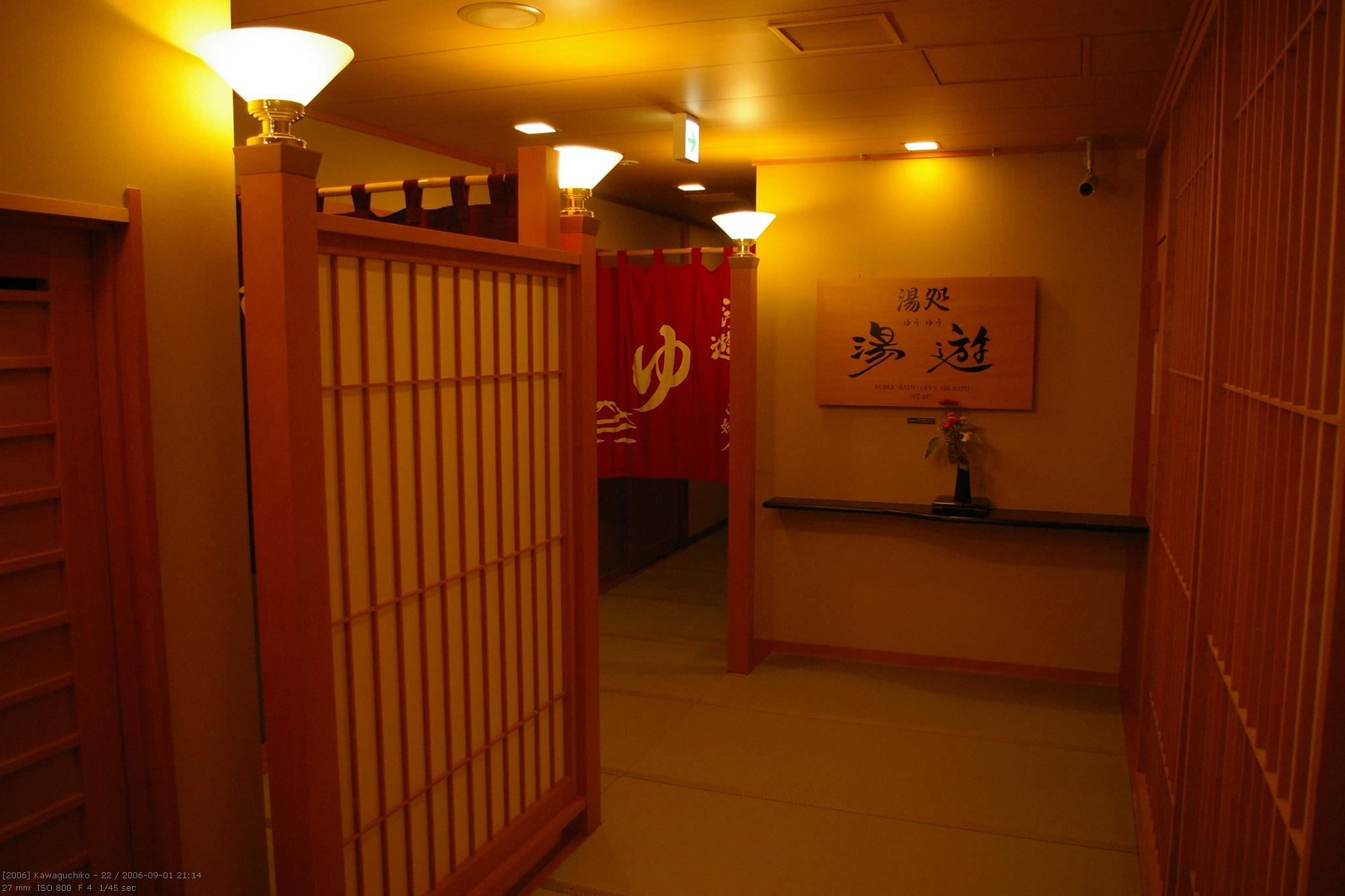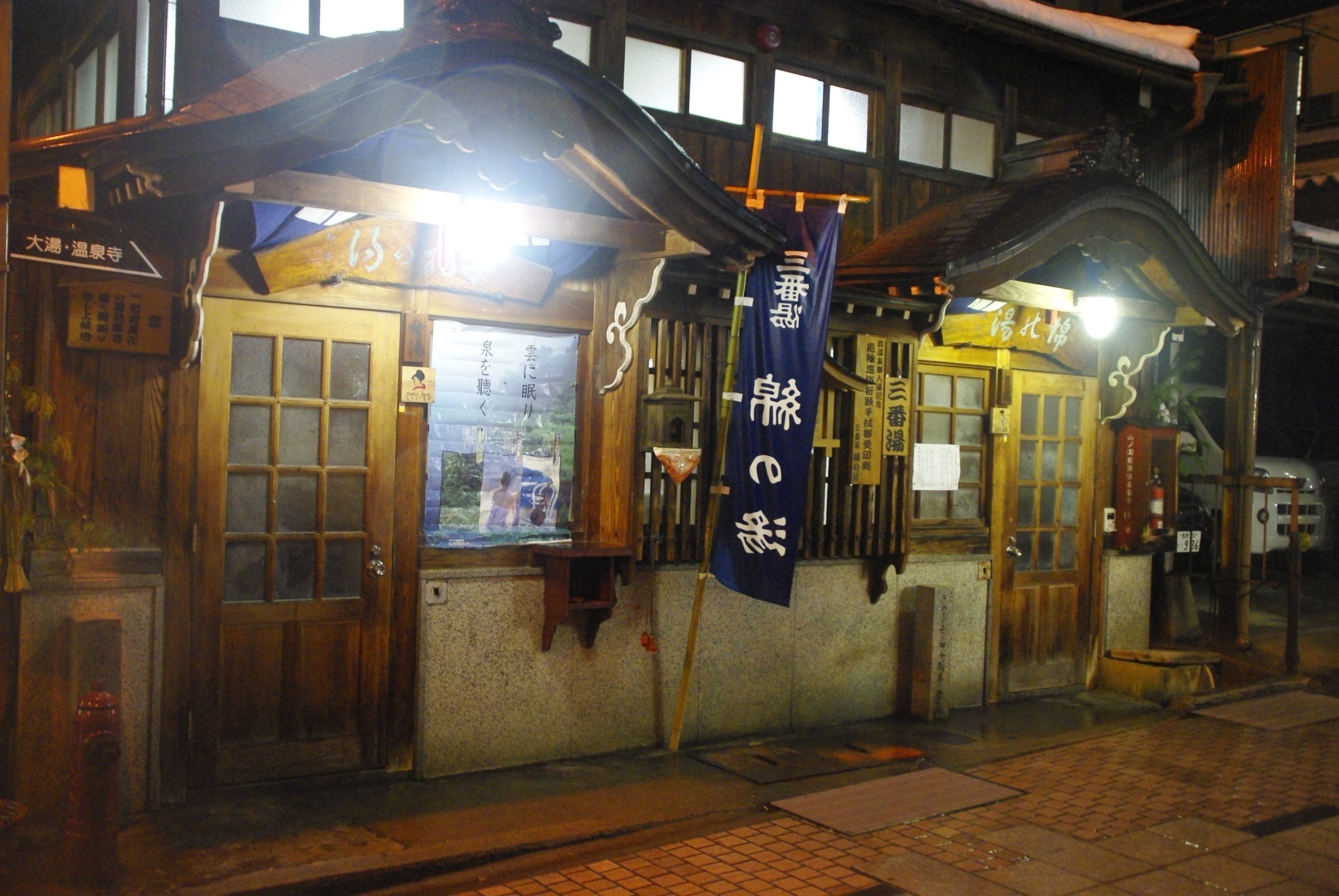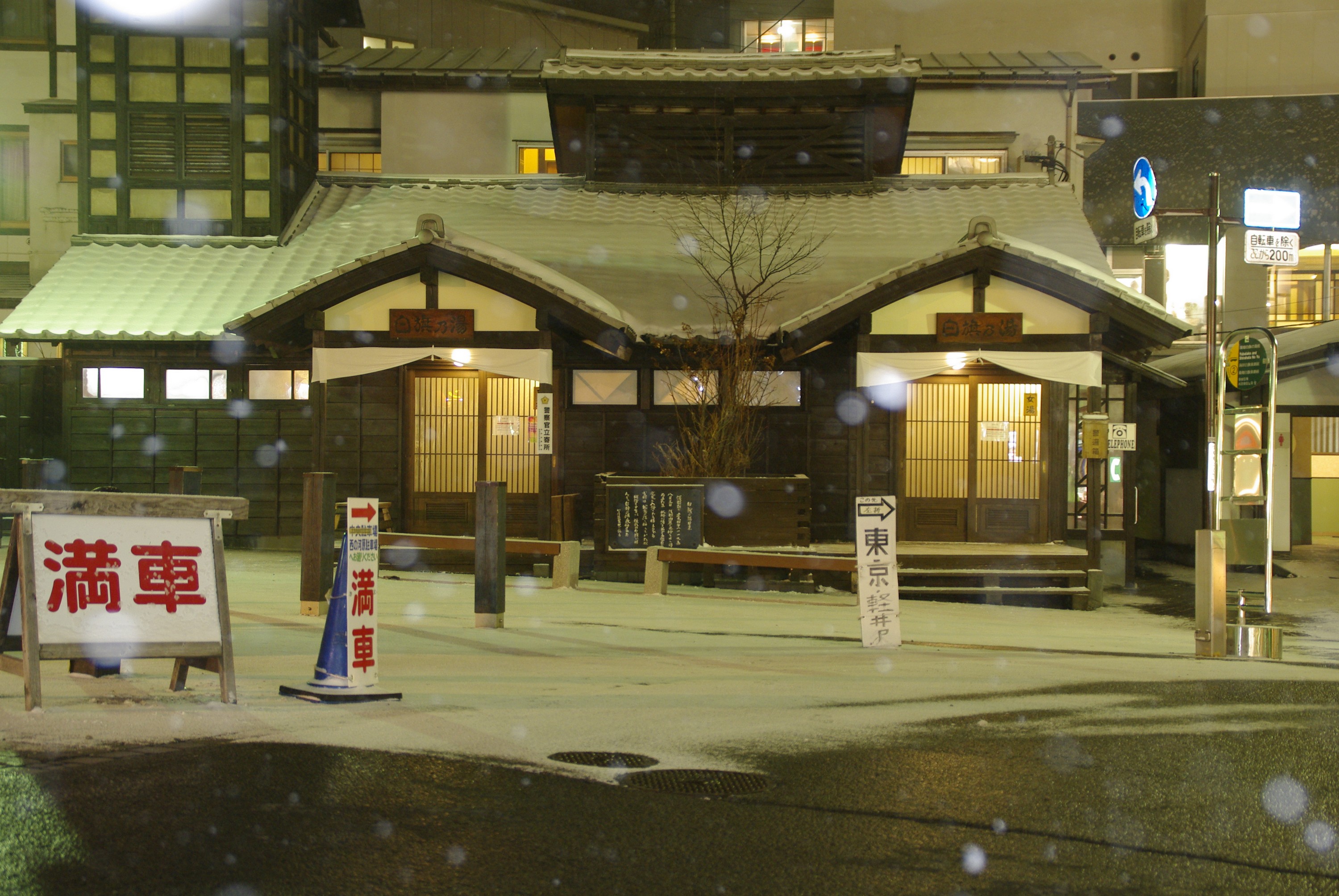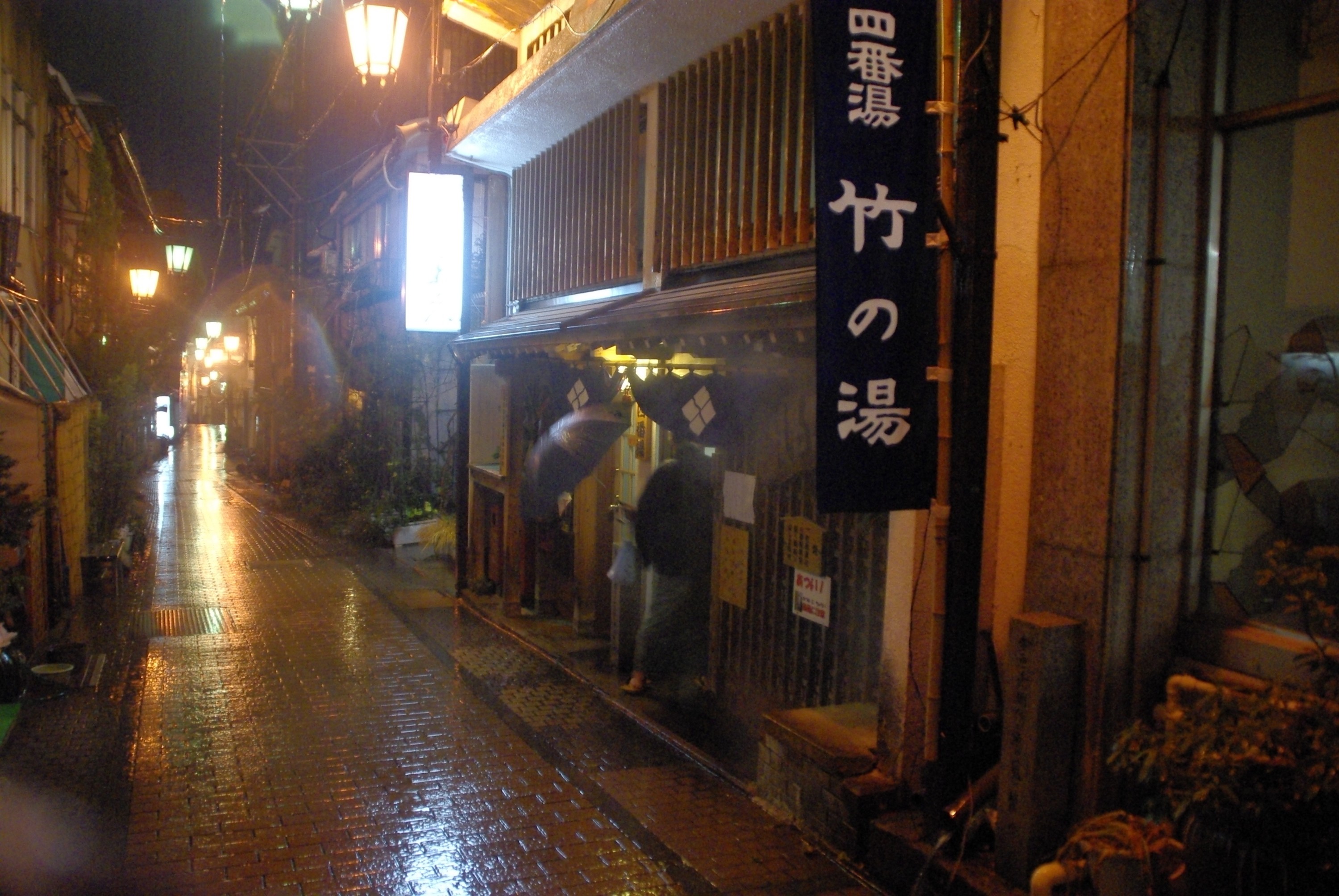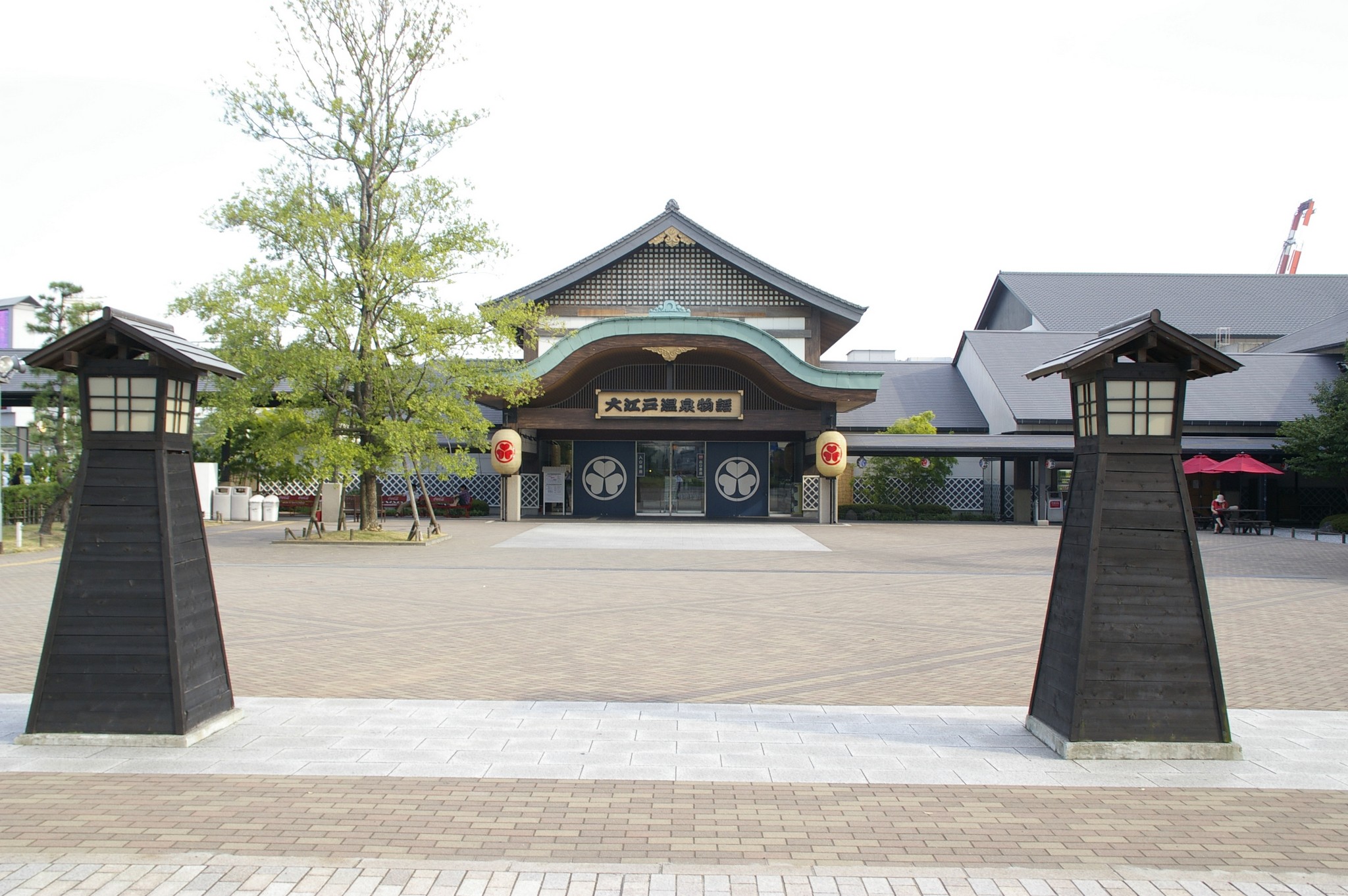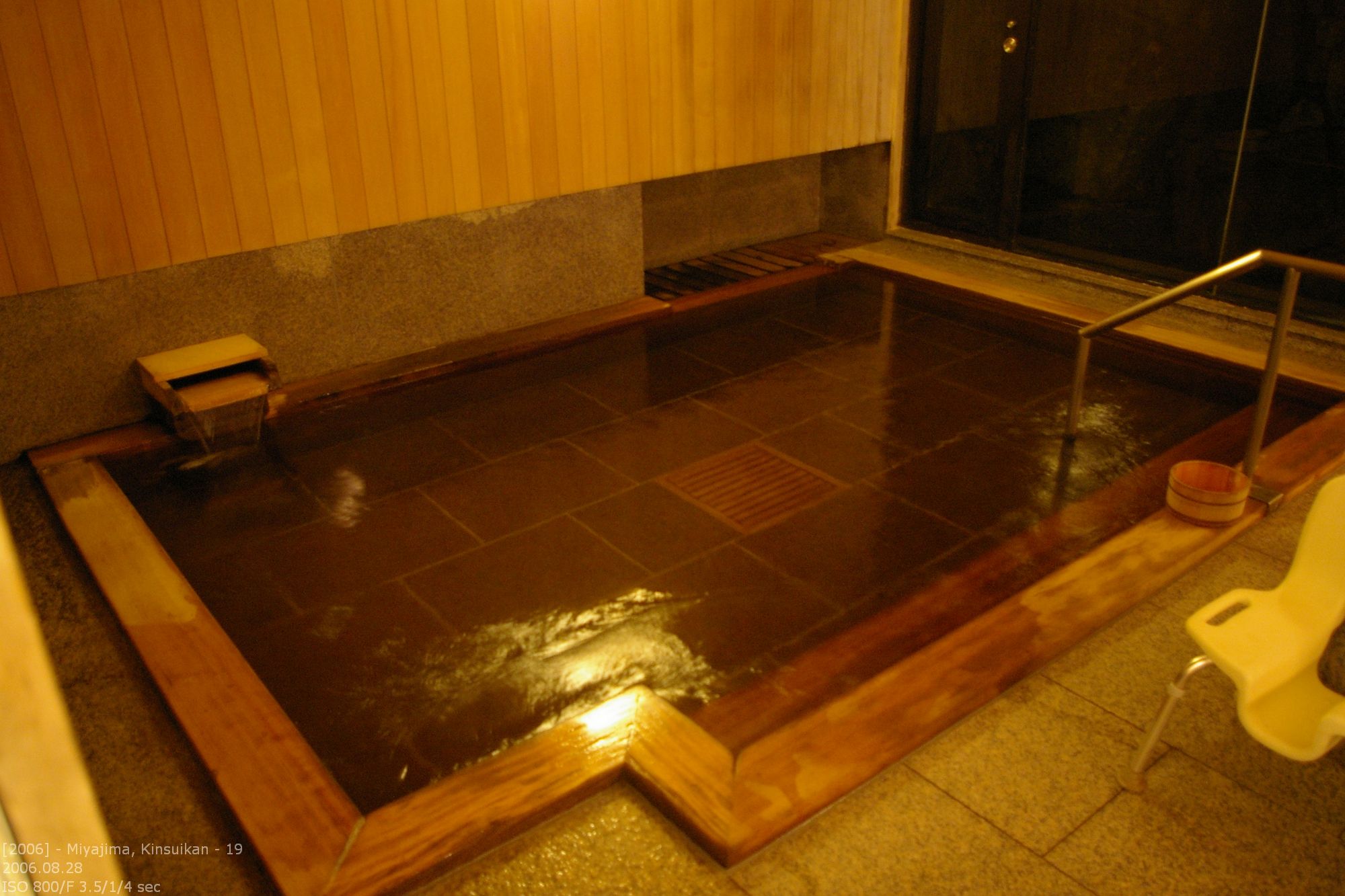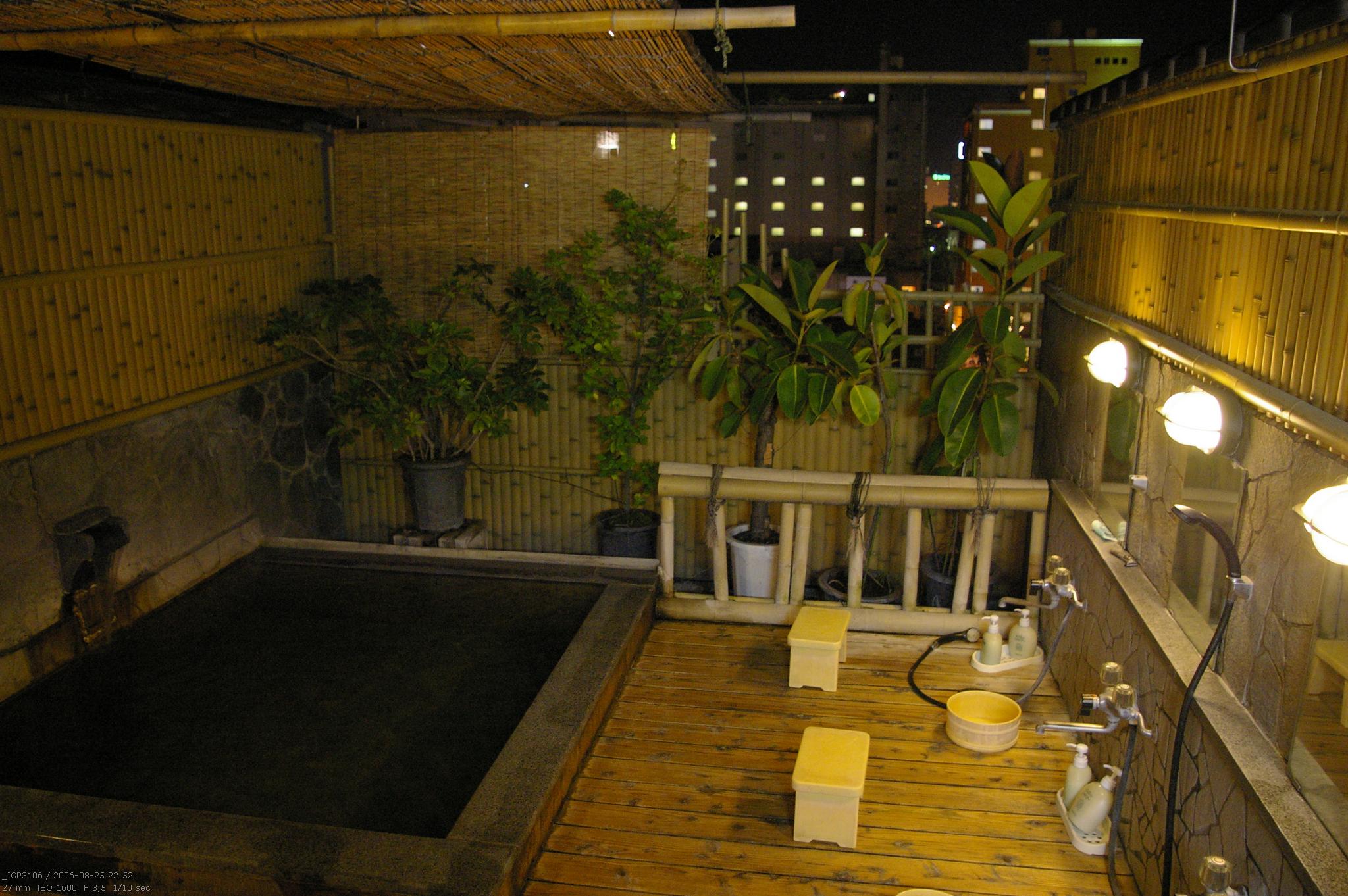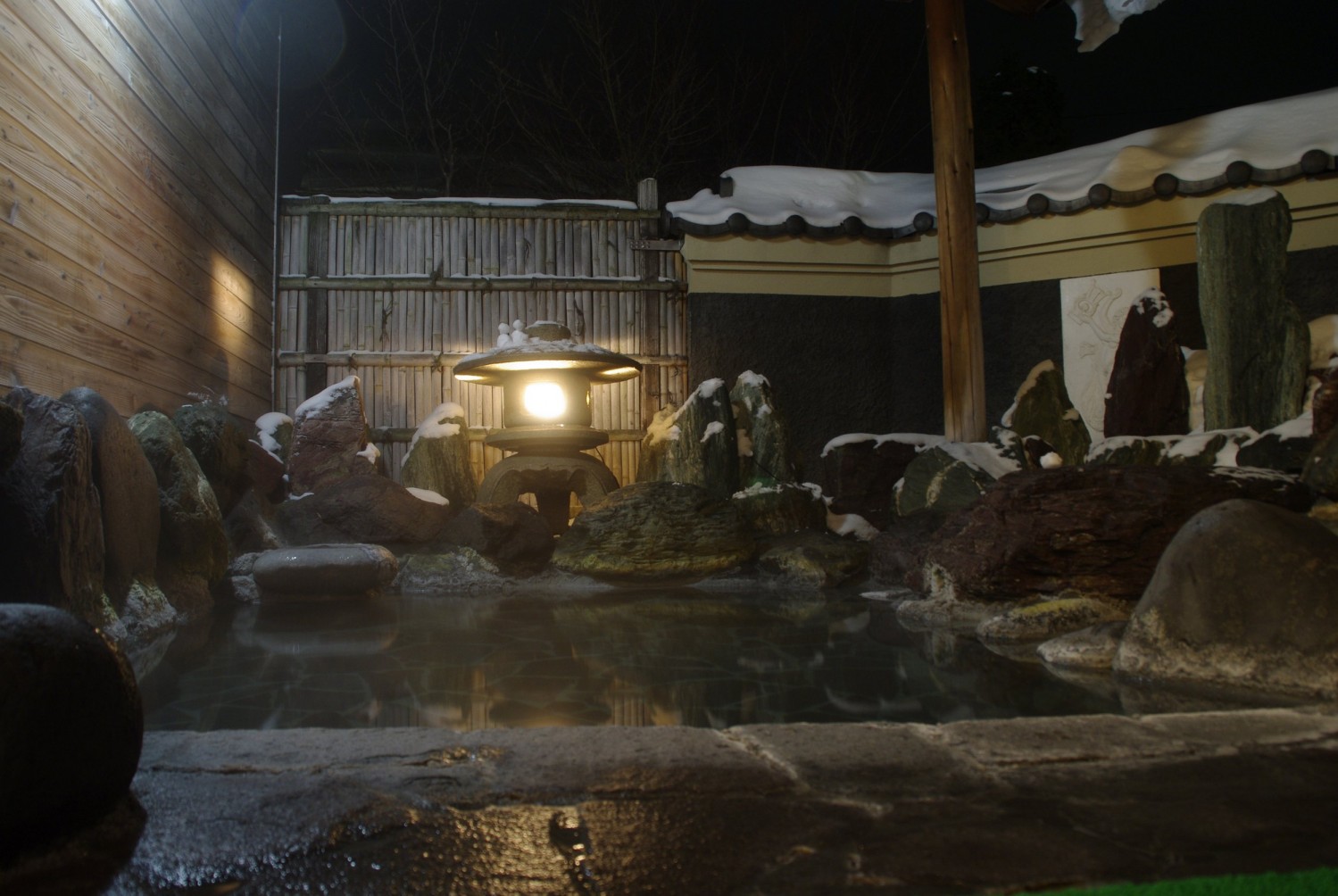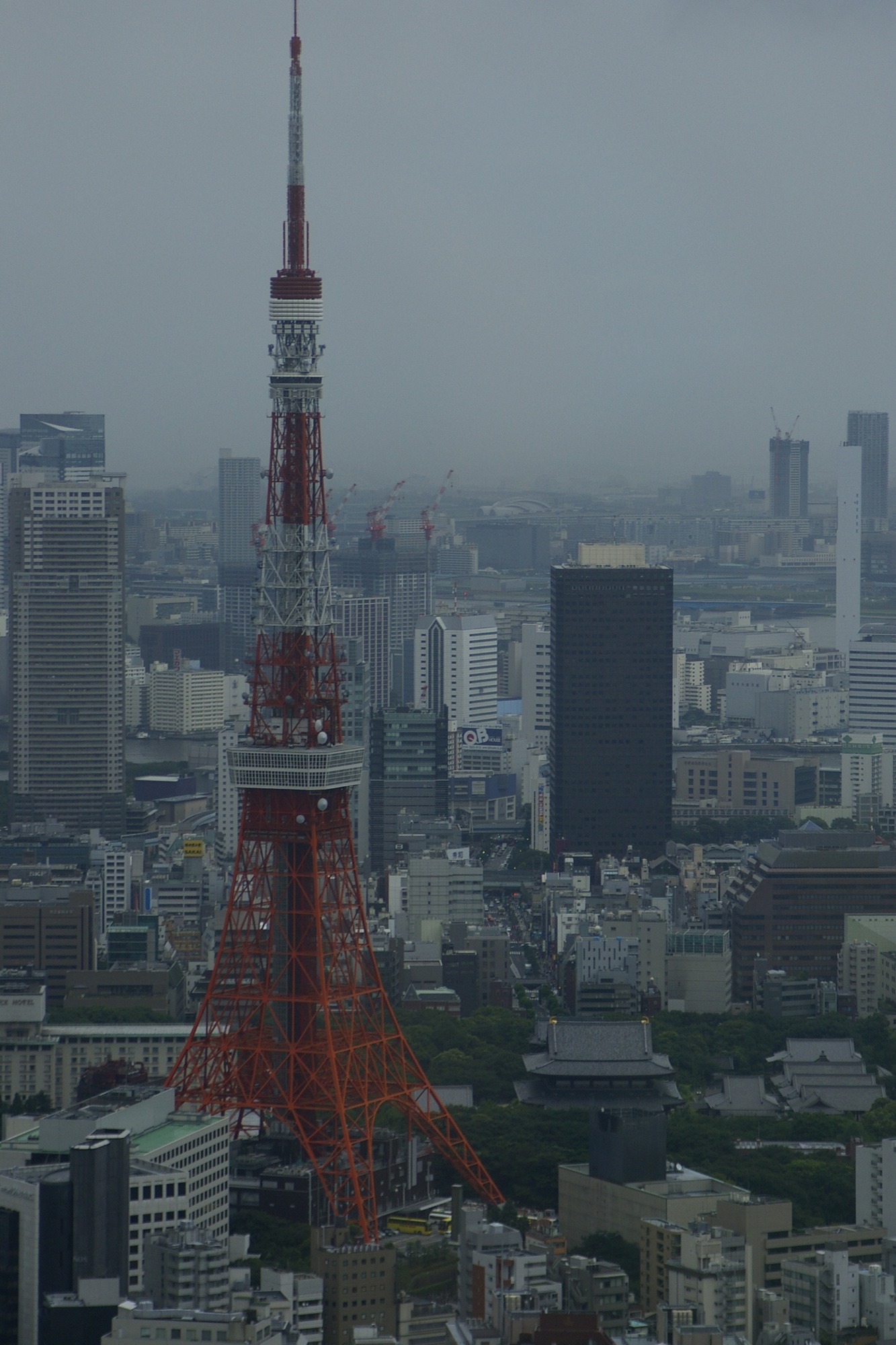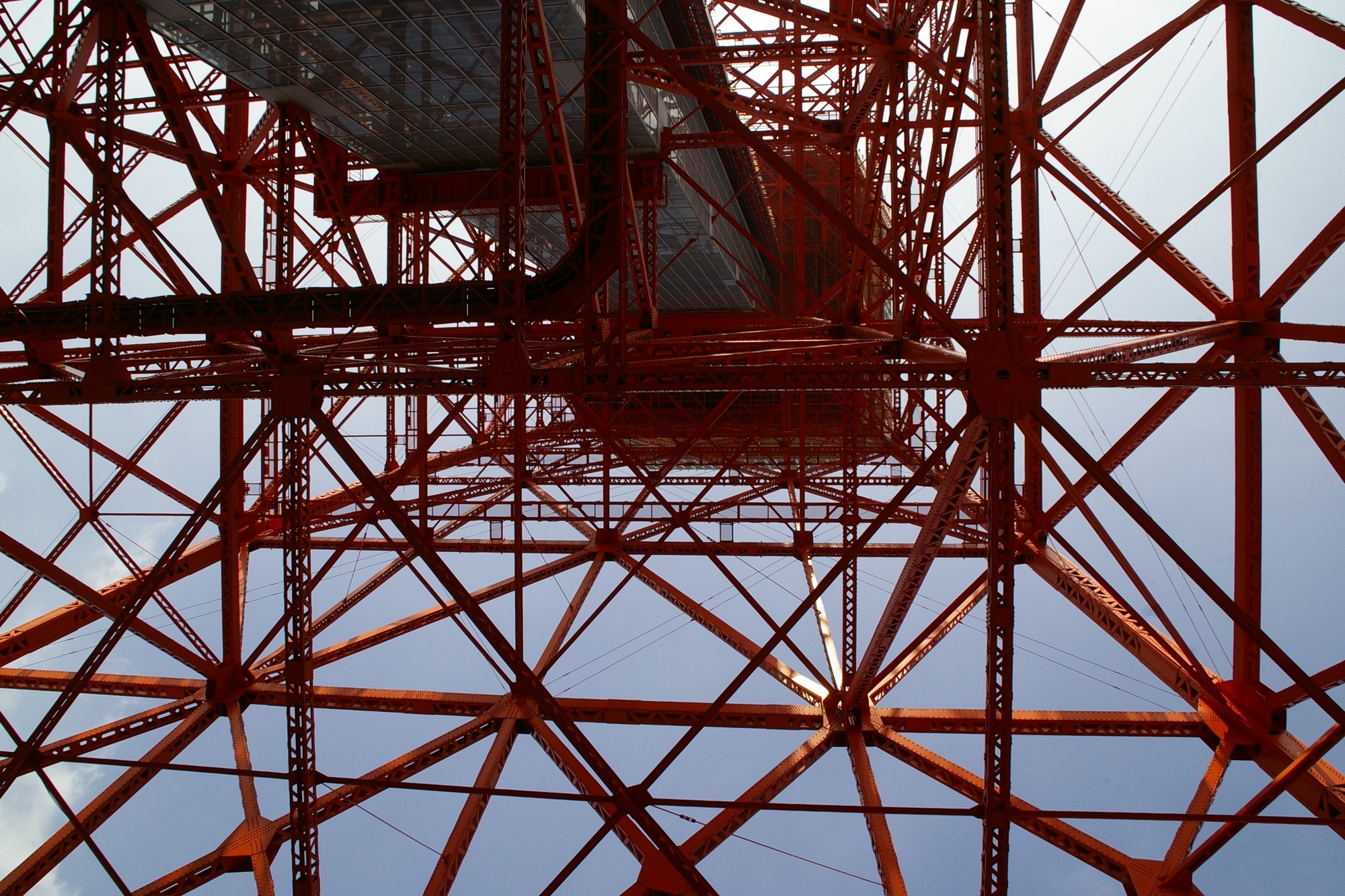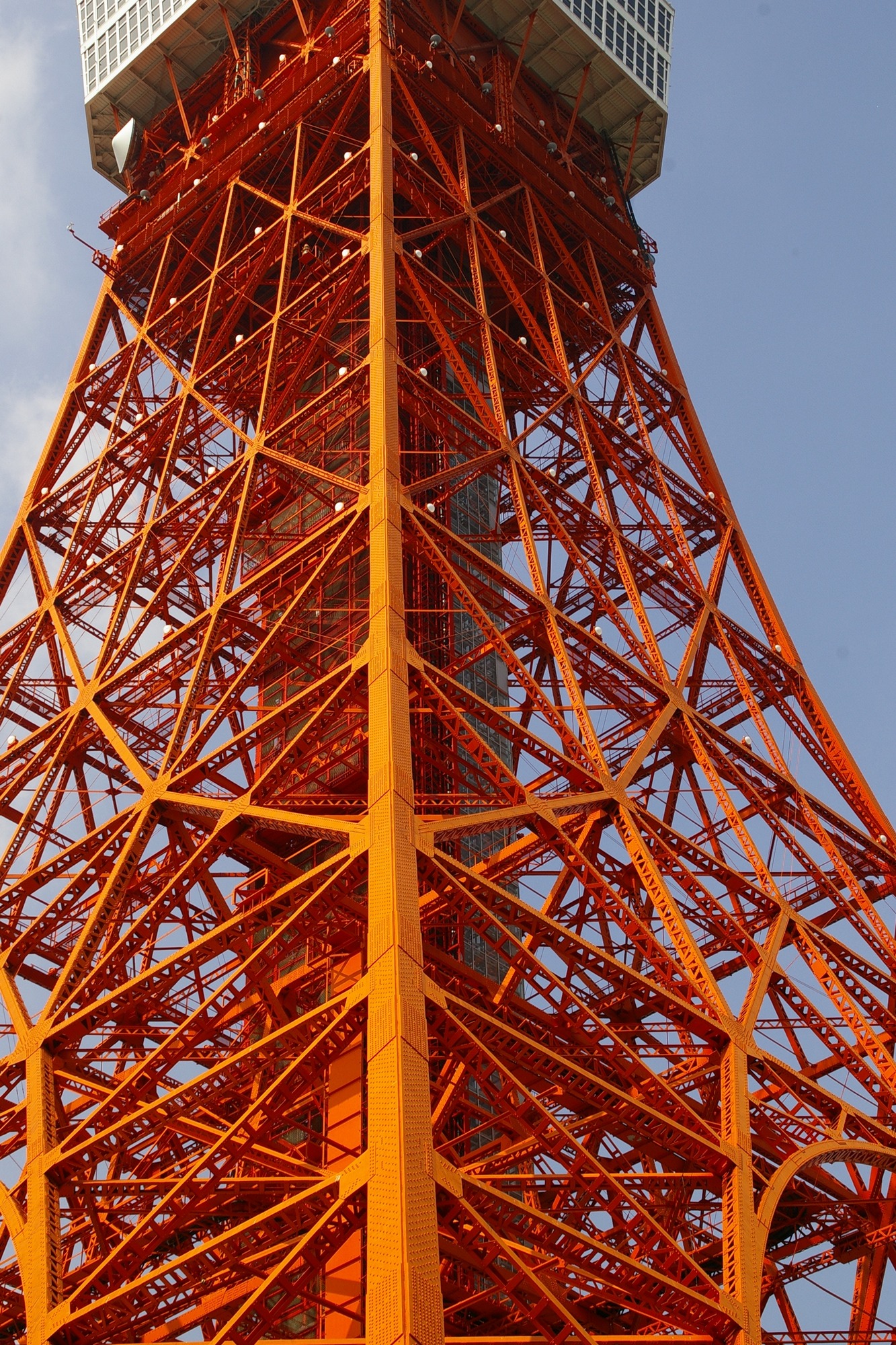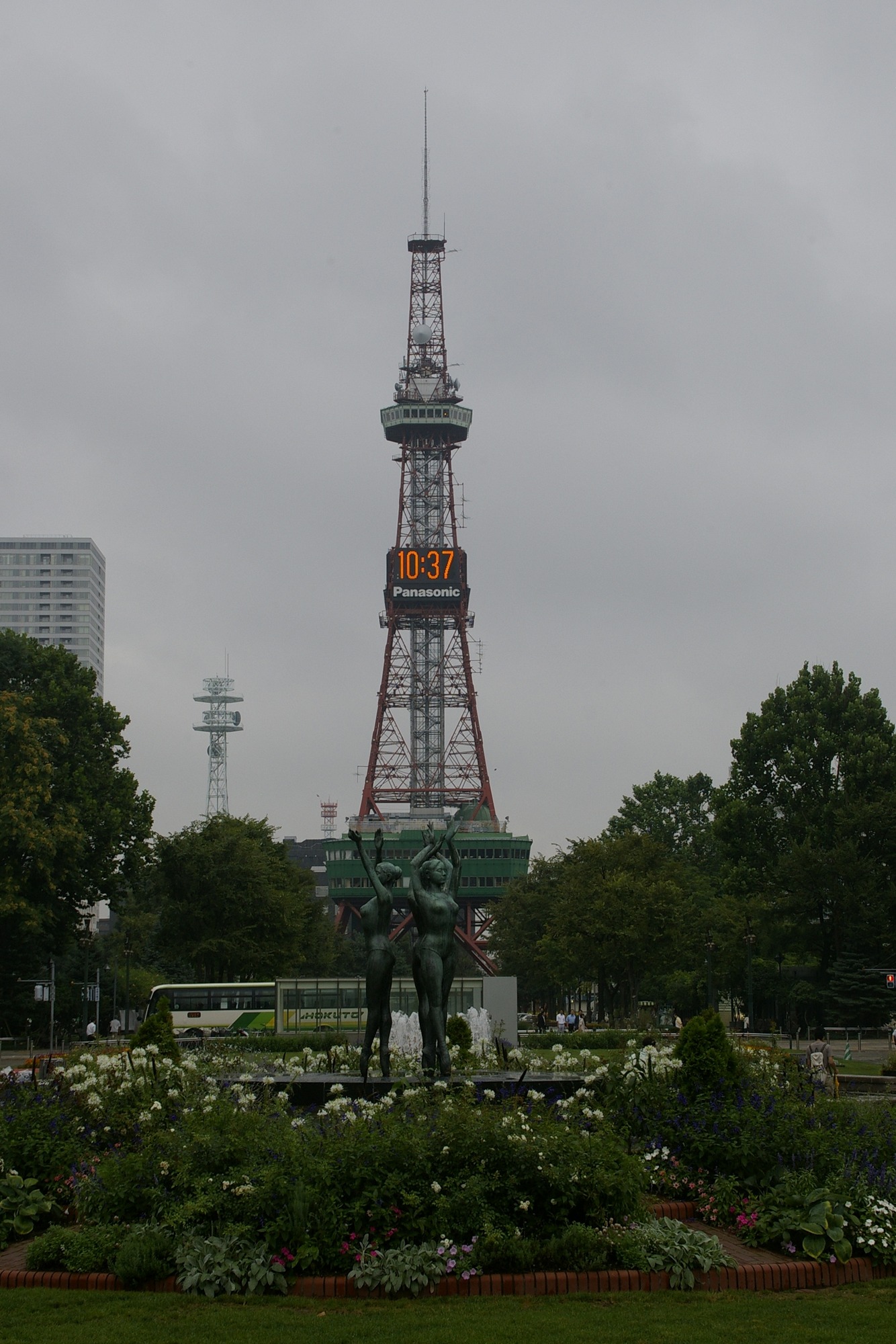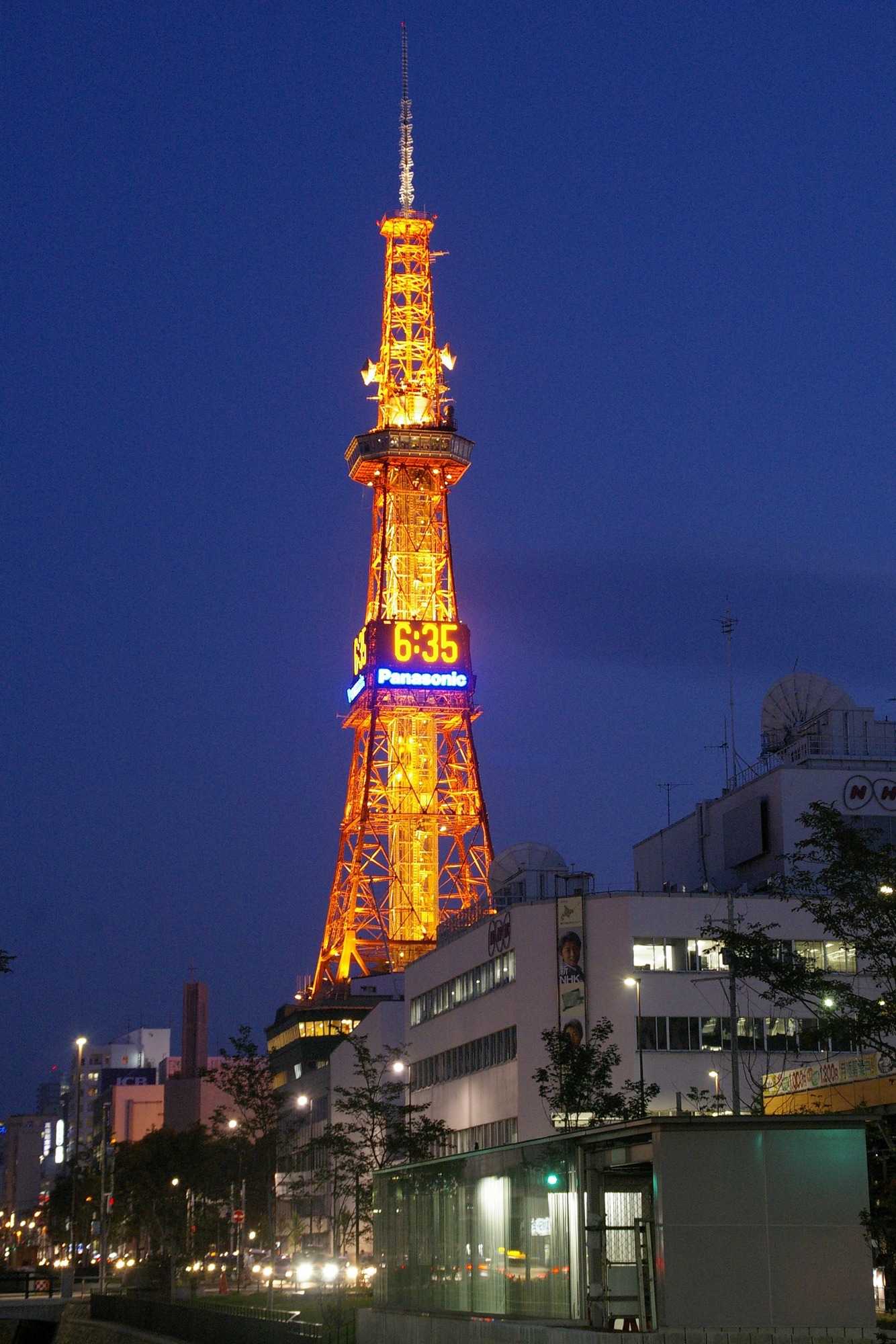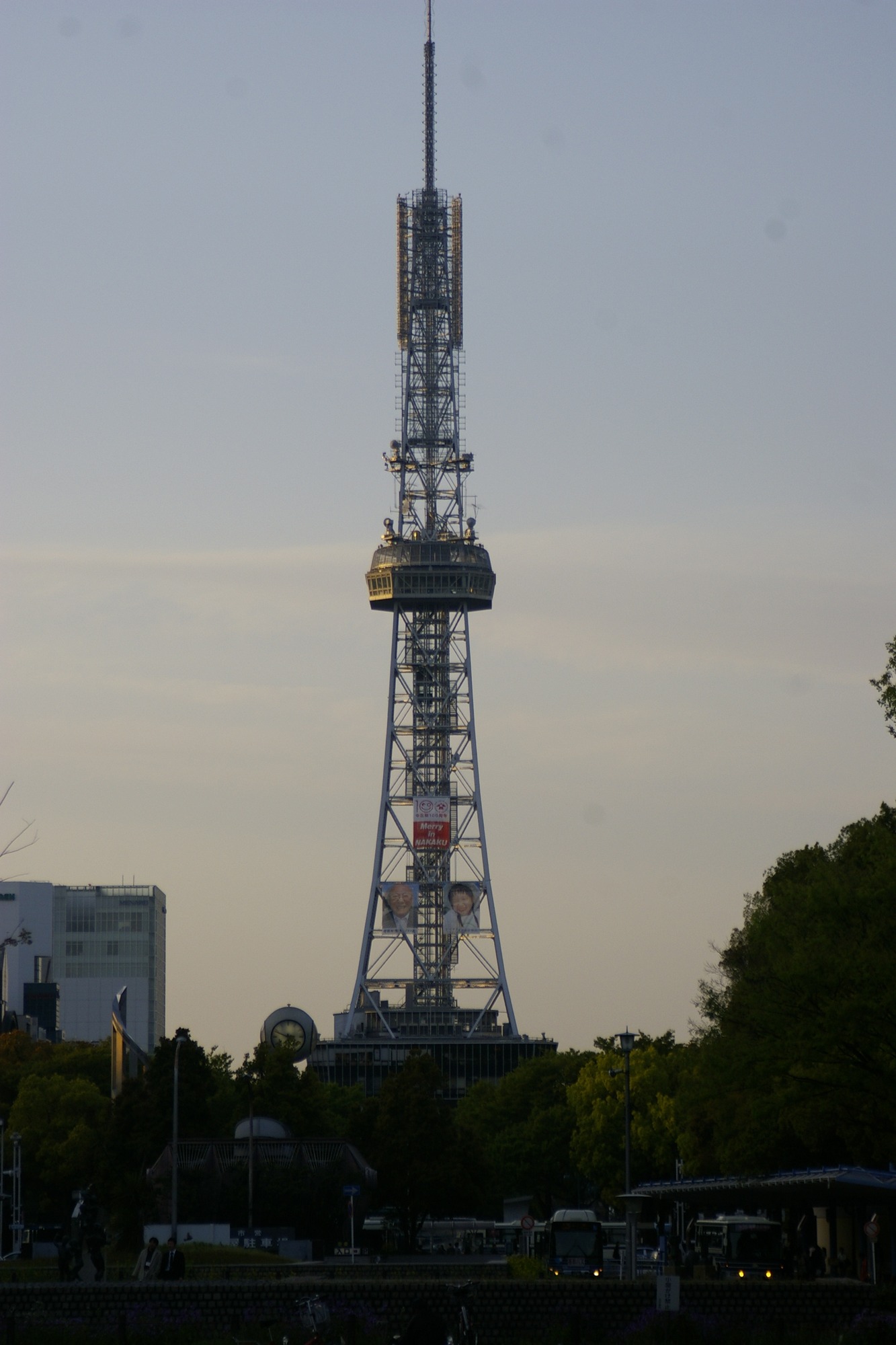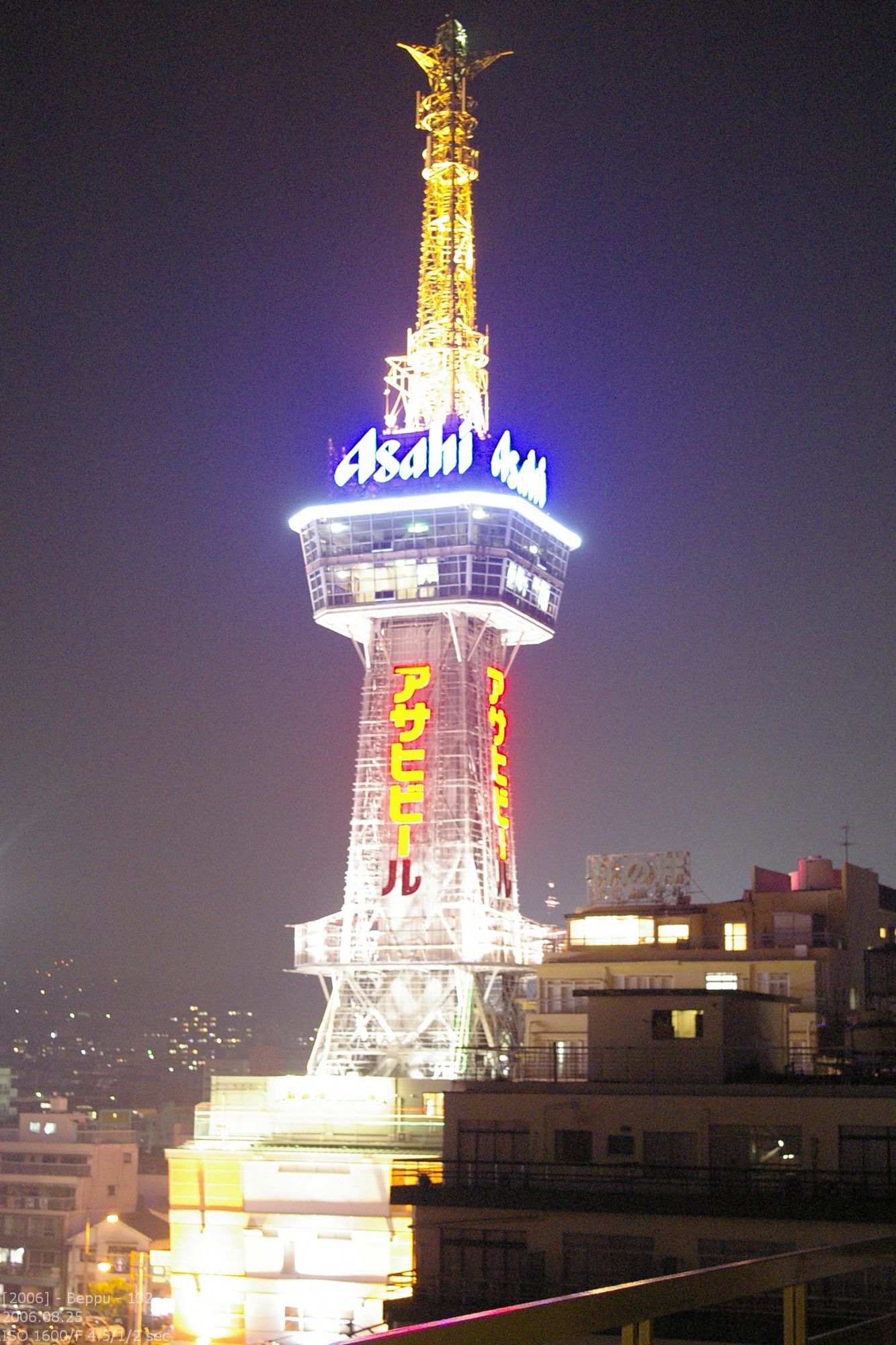The fire department in Japan is maybe the best equiped fire department in the world. Like in America they have pumper, engines and ladders. Beside that there are exist special vehicles and units like super pumper, HazMat or the Hyper Rescue Team. But the size of the standard fire car is, let me say it this way: cute. Most of the cars or not bigger like an old German TSF (size of a delivery van). That is for a simple practical reason. In Tokyo you can see a lot of streets with 8 lanes or more, but also very narrow alleys that or just wide enough for a normal car. In Lübeck we have similar streets. Here this is always a one way road, but not in Japan. Mostly old shopping streets are that small. A big fire truck would get stuck at the first shop. But not these cute little cars with the short wheel base. They are extremly versatile.
The look of this shrinked fire trucked is chaotic. In Germany all the equipment and even the pump is coverd by big shutters. At this cars most of the stuff is visible. But there is also a trend to compartments with shutters. The most noticeable thing is the suction hose. It is one peace and mounted to the pump (like on the picture). So far I never saw a portable pump, therefore the car itself has to be positioned at the lake.
Beside the normal fire trucks there many special vehicles. They are mainly for desasters. Japan does not have a THW (Germany) but many natural desasters. All the work is the job of the fire department. Because of the euarthquake they have many equipment for finding and rescueing buried survivors. And you have to add the playful nature of the Japanese. The have many robots, like a estinguish robot.
There are also cute details beside the cars. Hydrants are underground, like in Germany. But there is a big sign above them, so you can see them from far away. The signs are also useful for car drivers. Like in Germany parking on a hydrant is prohibited. In fine is very high compared to Germany and they check it. Oh yes. But avoiding a ticket is easy because of the big signs.
Here is the top of an hydrant. They look different in each city or city area. I really think about starting a picture gallery.
The connection to the riser pipes in high buildings are always in front of the building and easy to access. They not hide behind the dumpster. Most of them are all chrome and polished. They always look like right out of the box.
And those exist in Japan too: public fire extinguisher. In Germany they wouldn’t survive one party weekend, because there is always a stupid idiot that will destroy them just for fun. The Japanese are different. Even if they are young and totally drunk, they are never that antisocial like German teenagers. It doesn’t matter how hard and wild the party. This equipment is off-limits. (Maybe this is the fact that they could lose there job or beeing expelled from the university. In Japan you can still lose your face and become intolerable for your company.)

